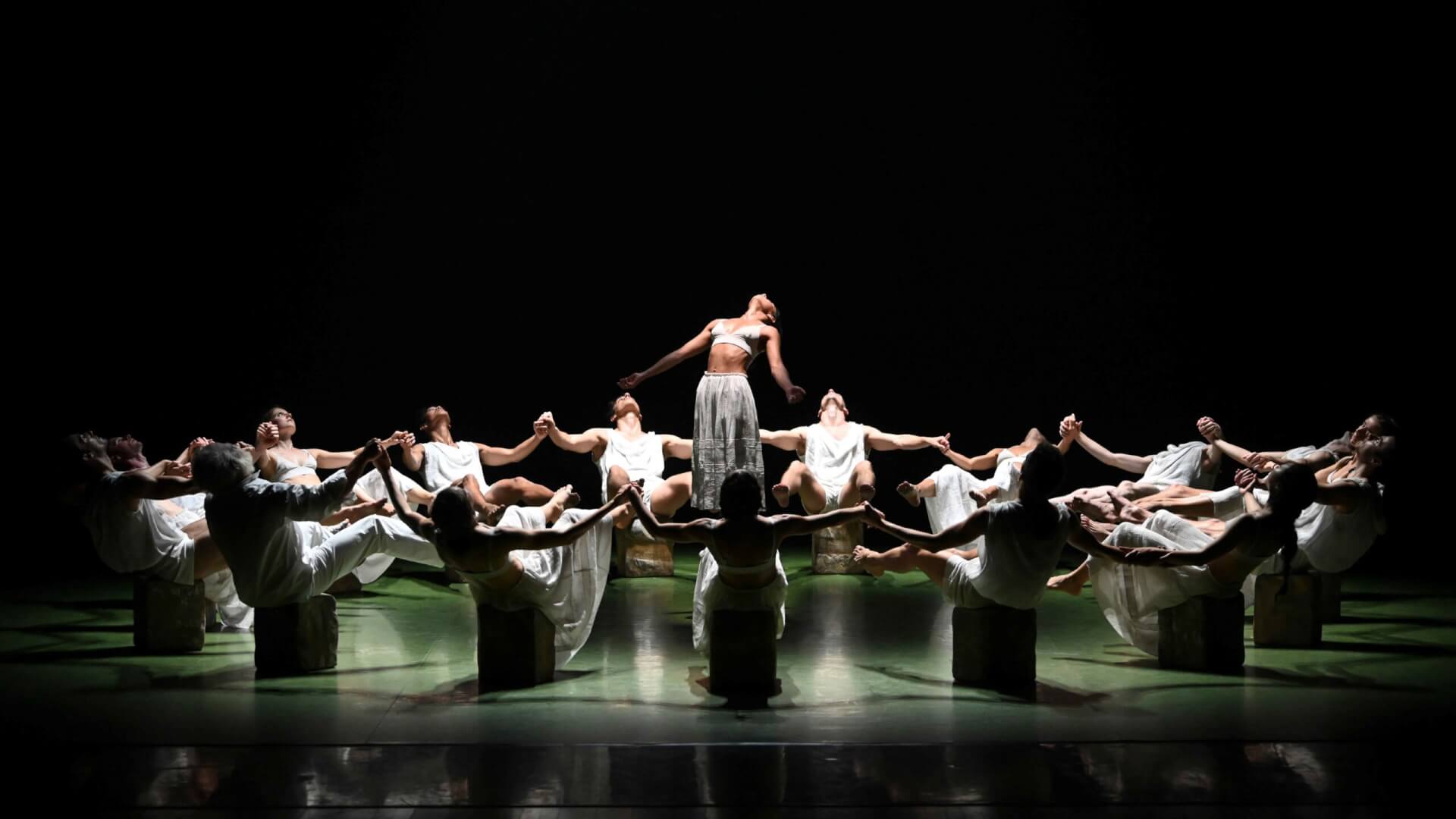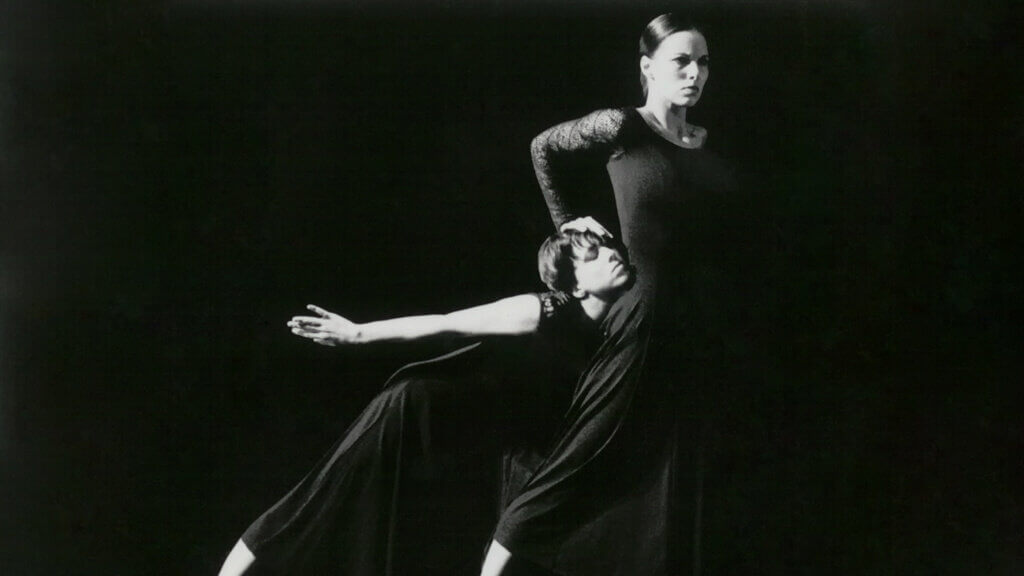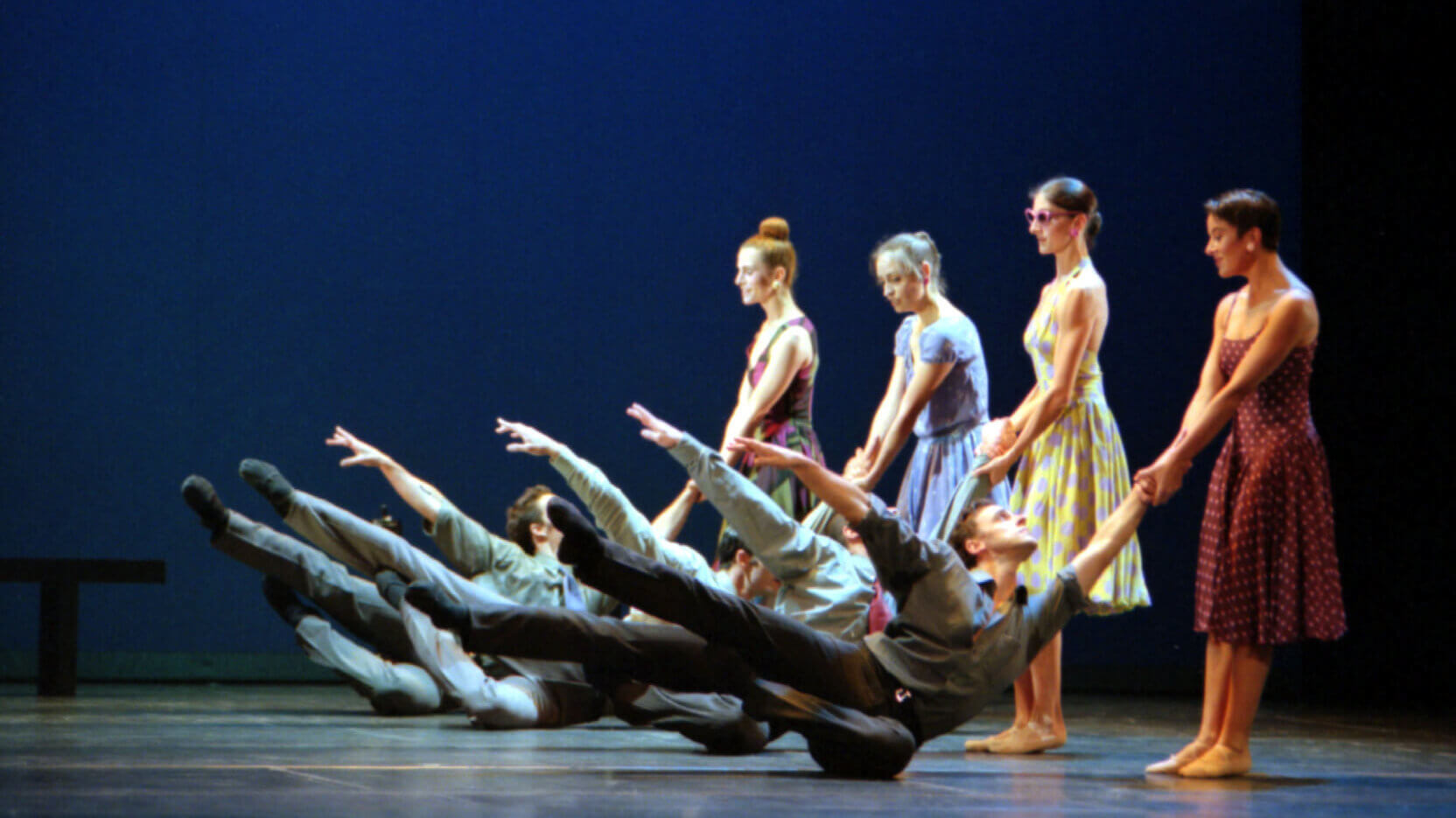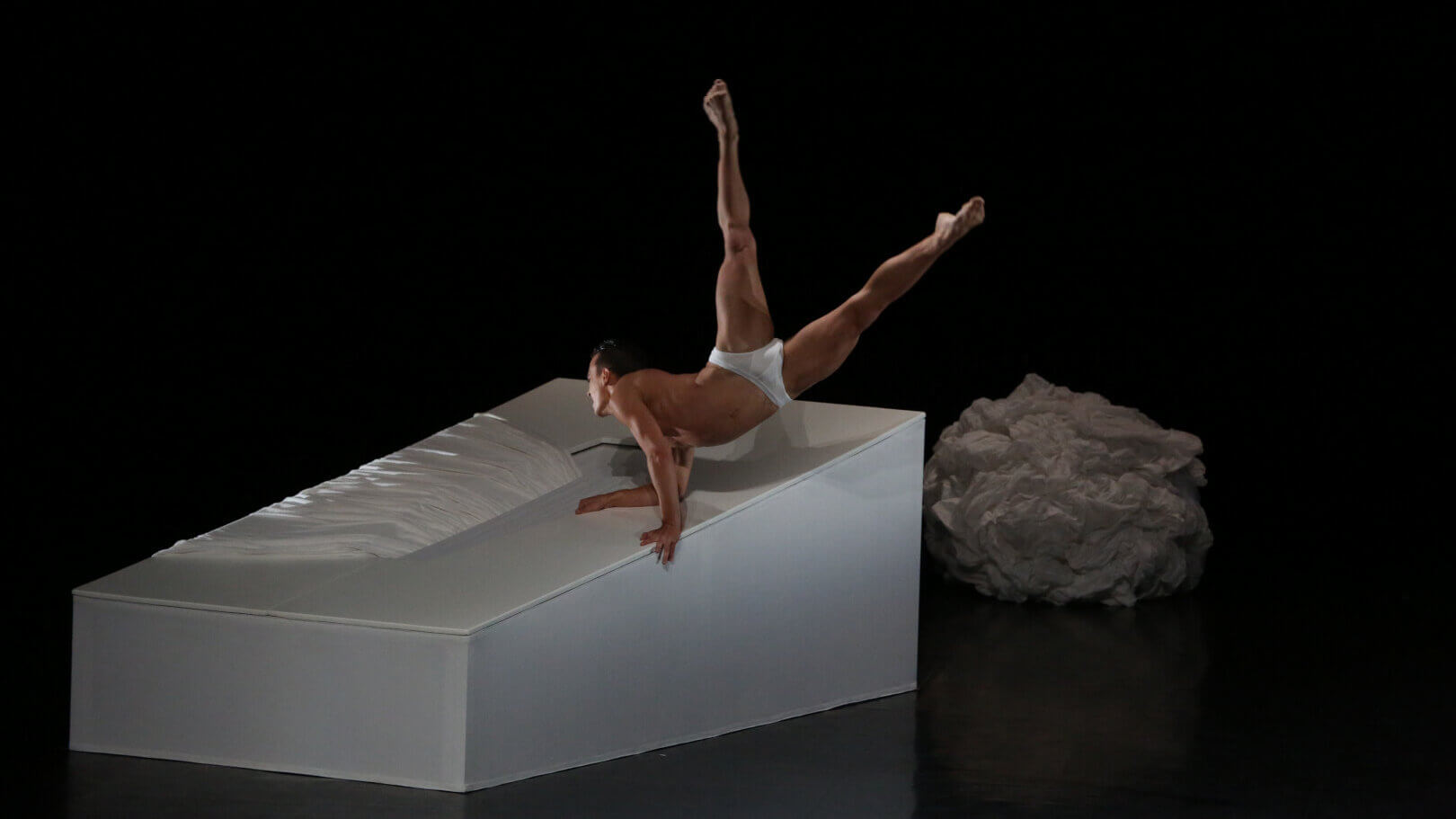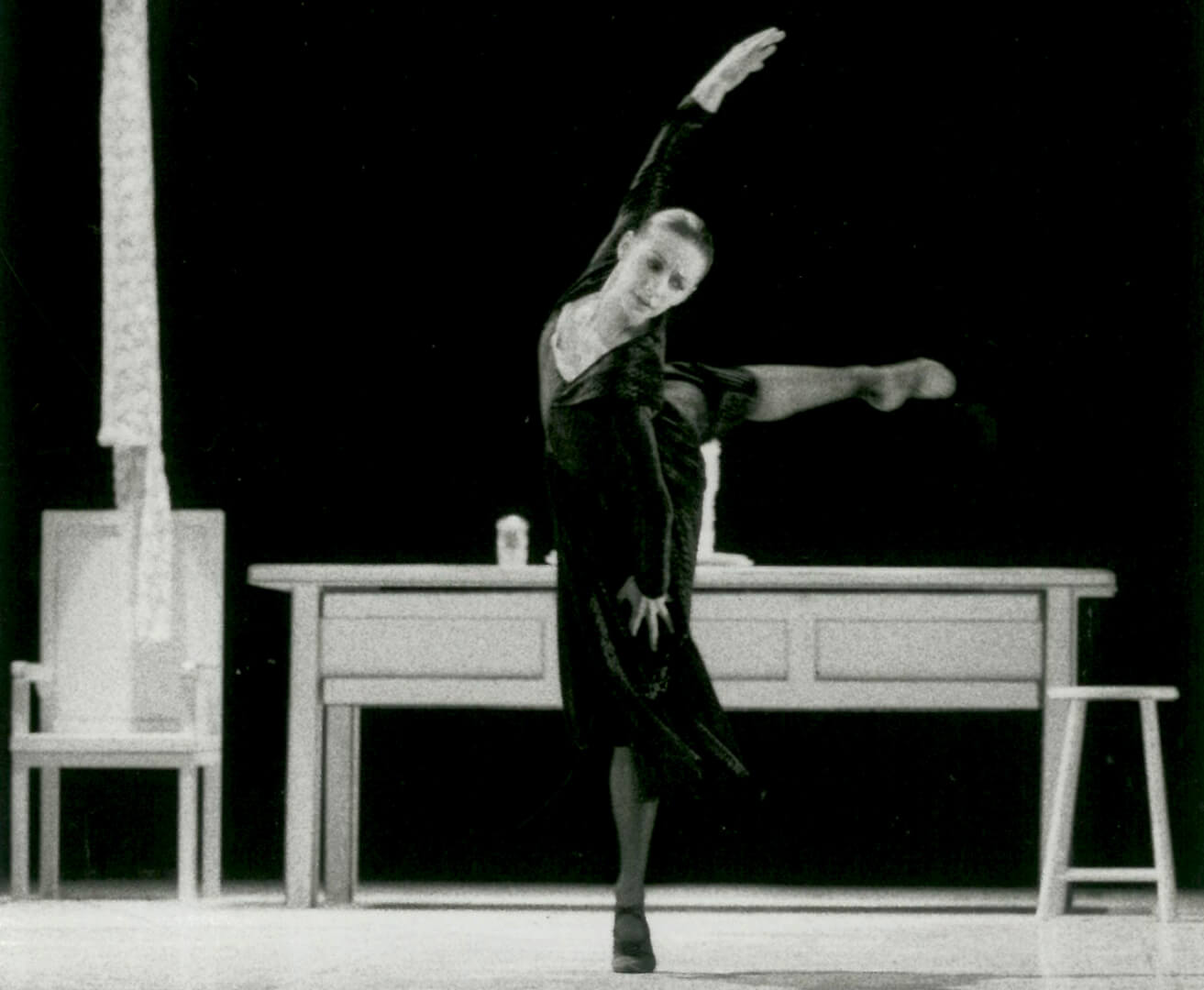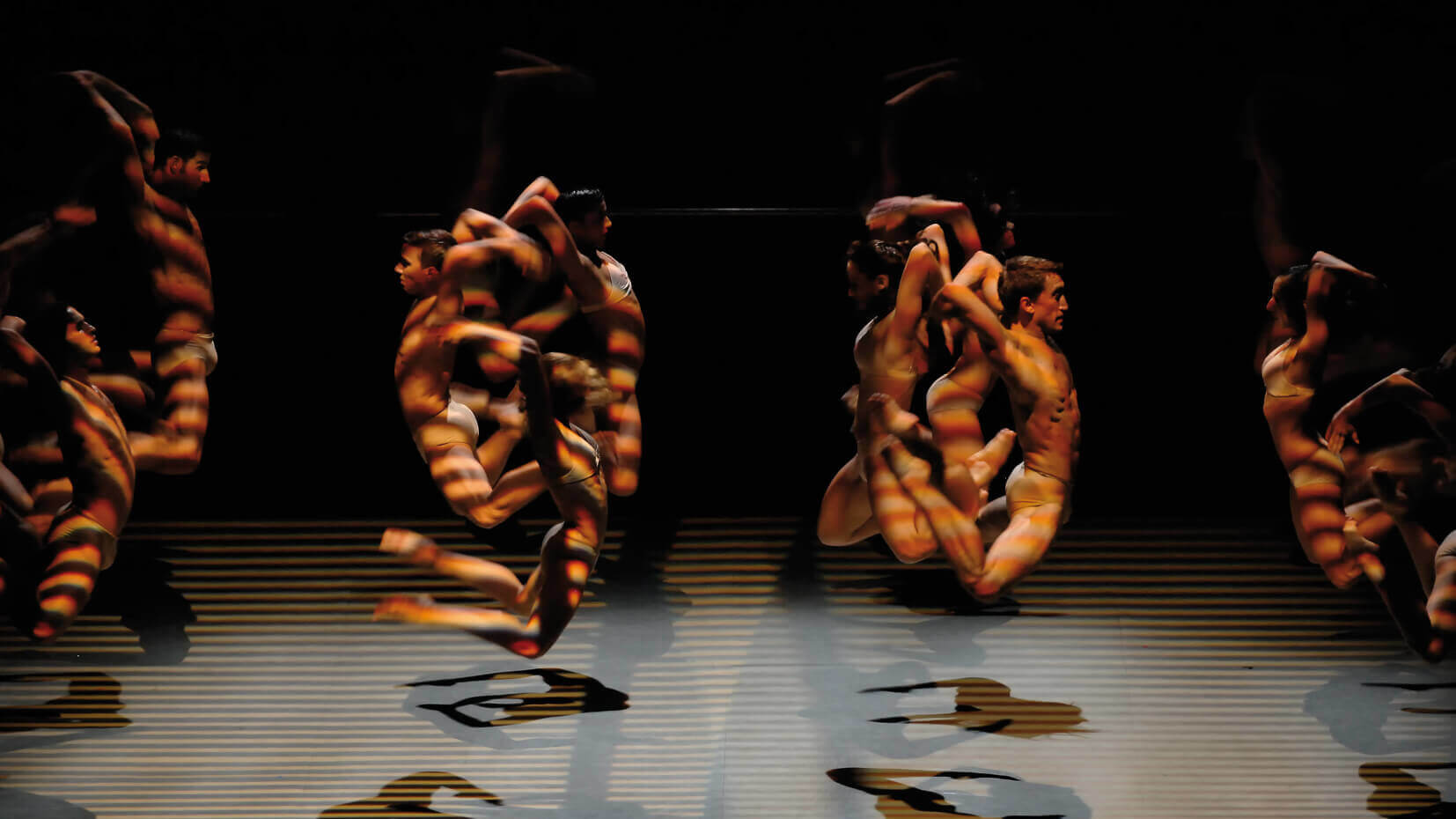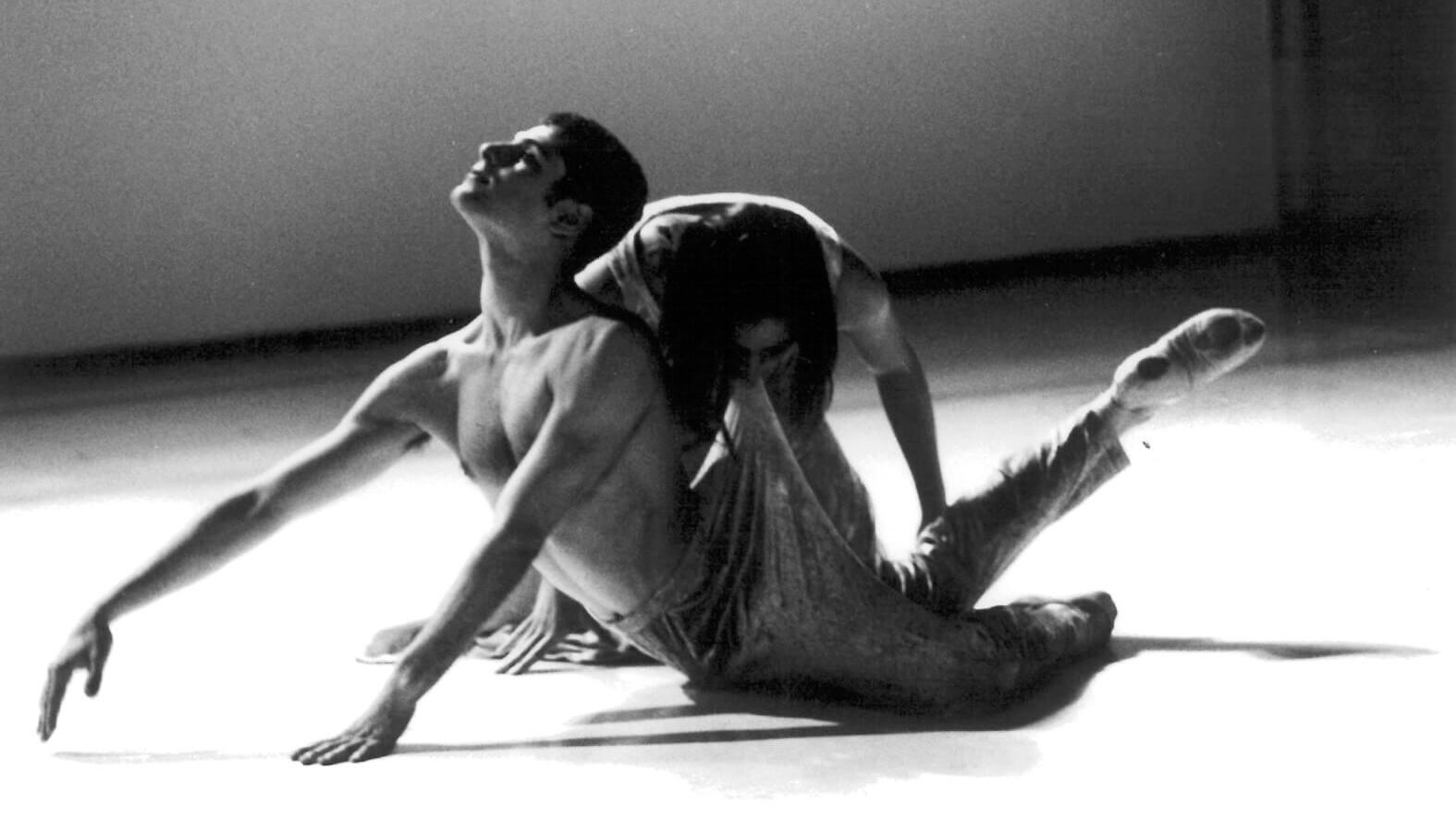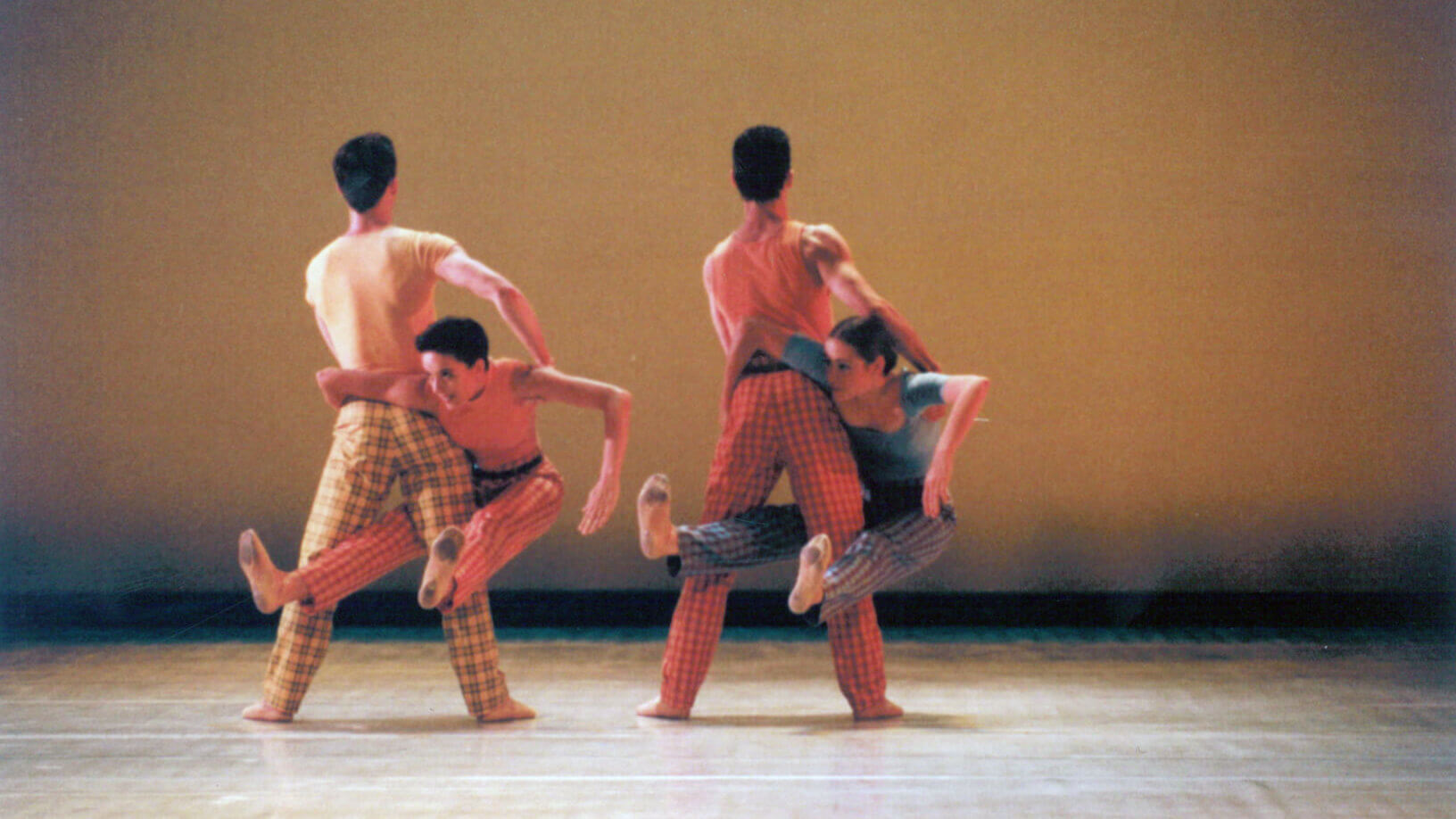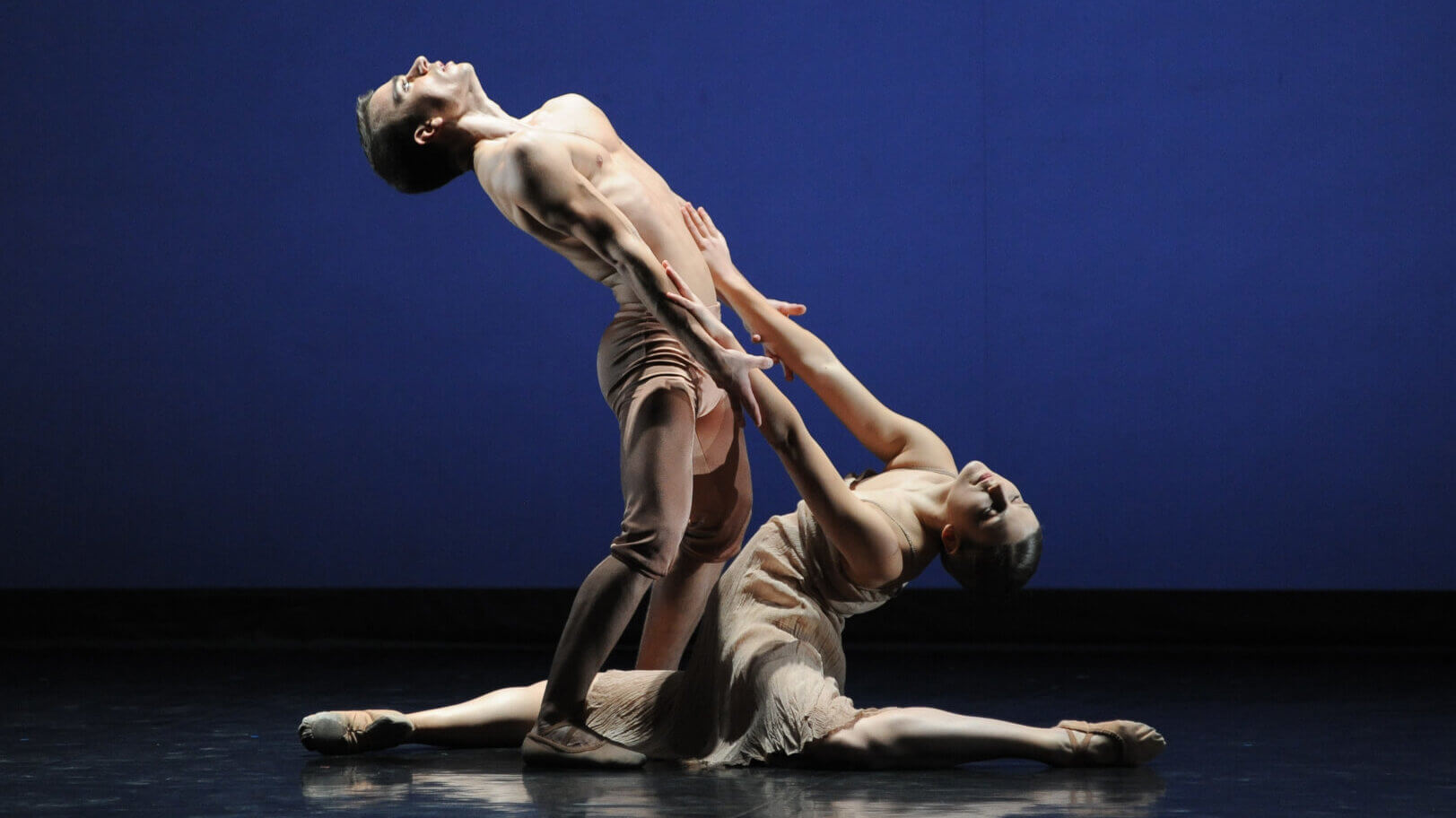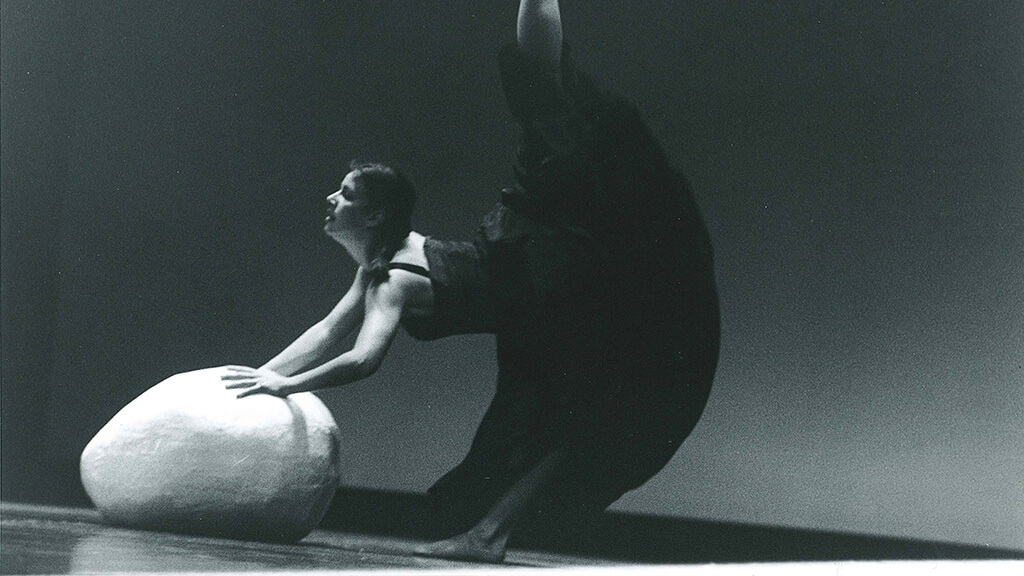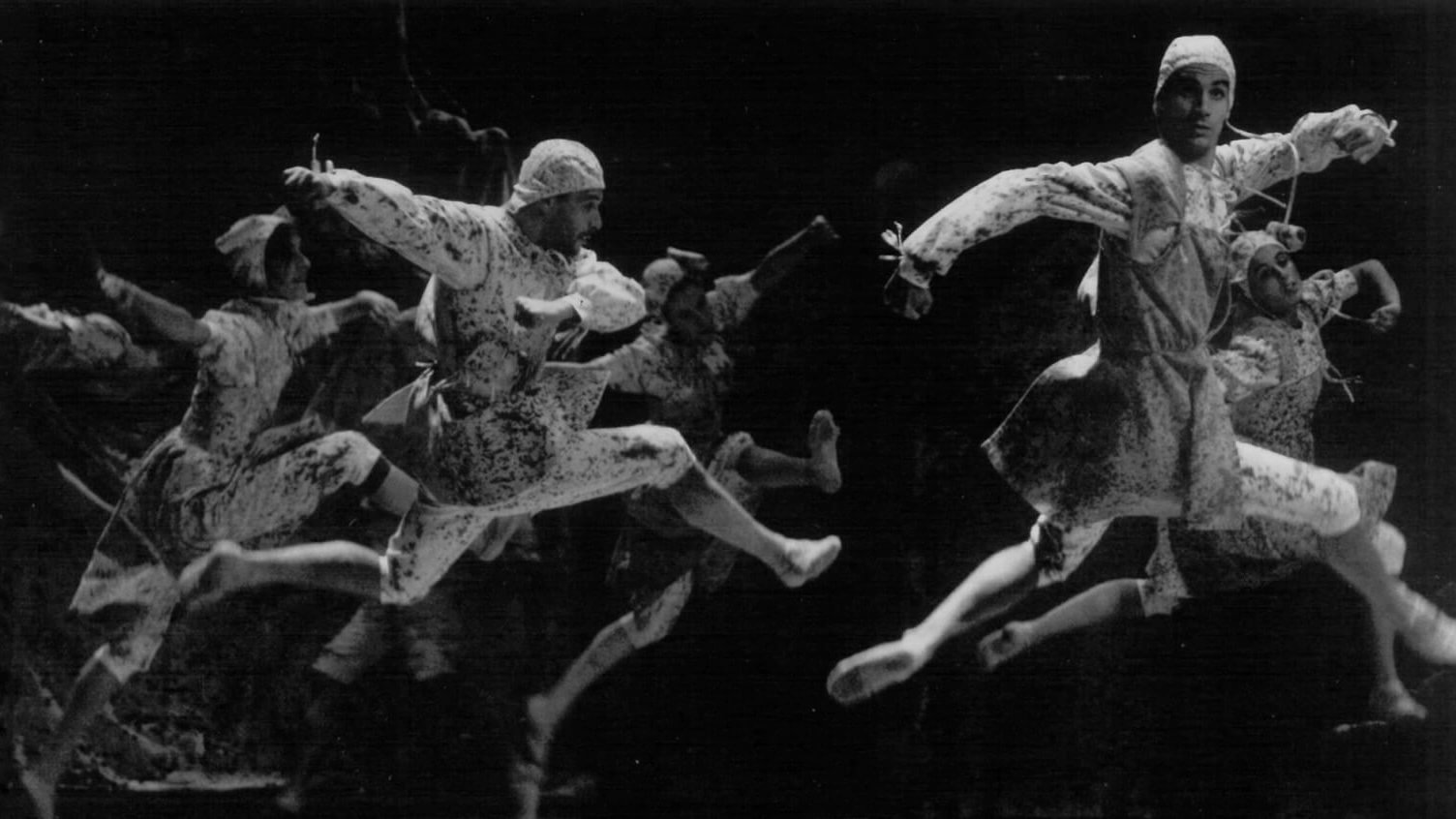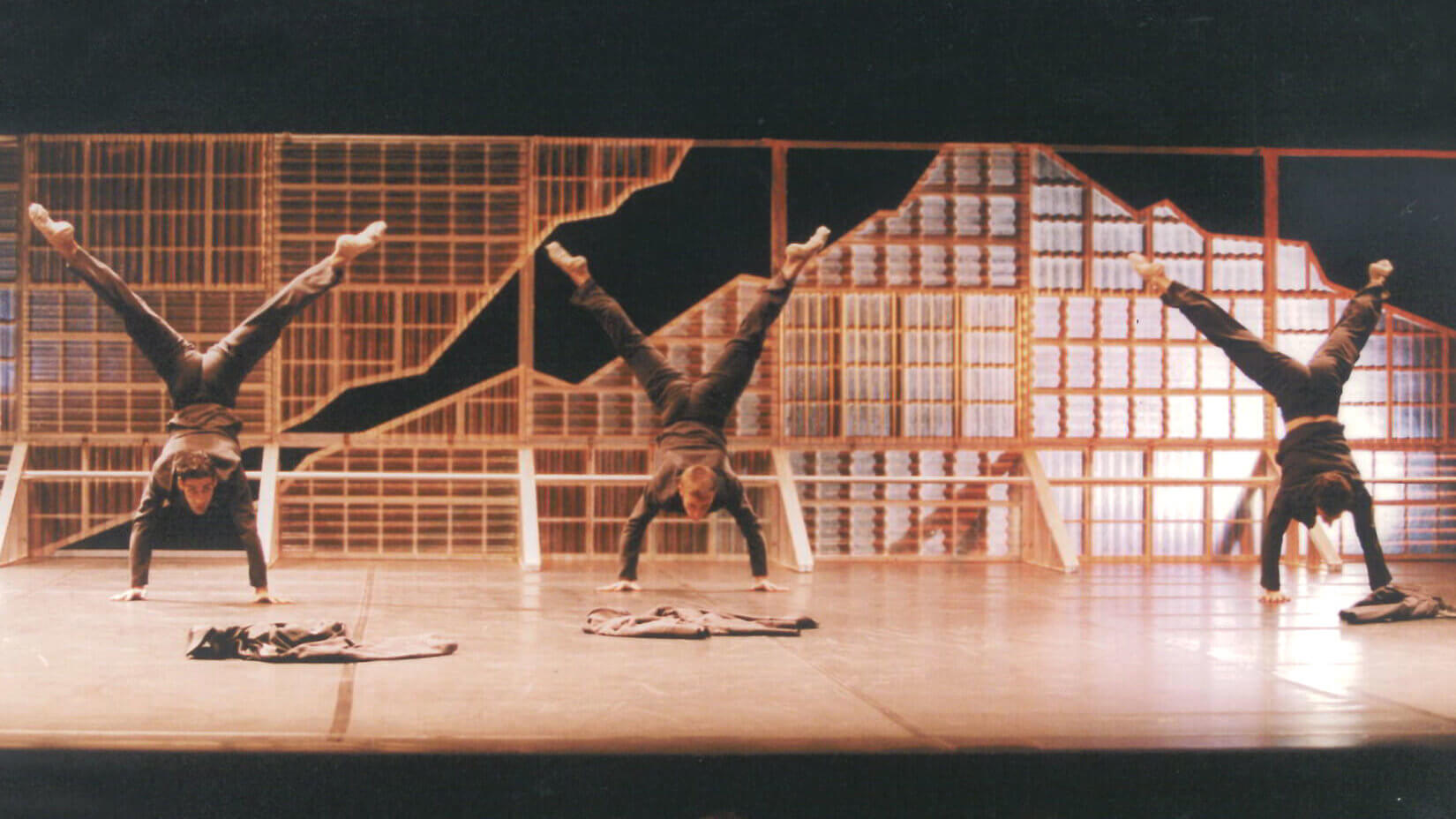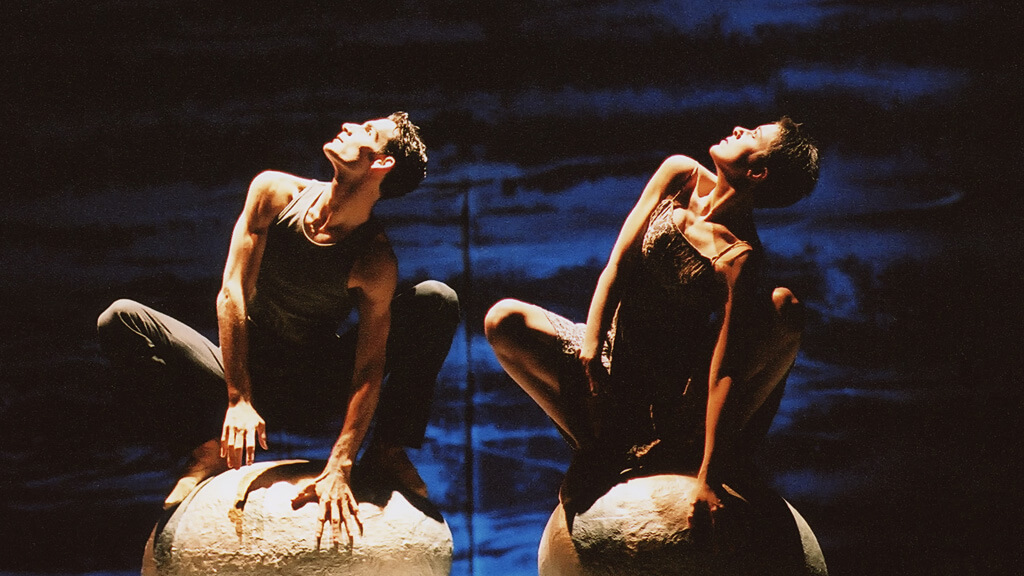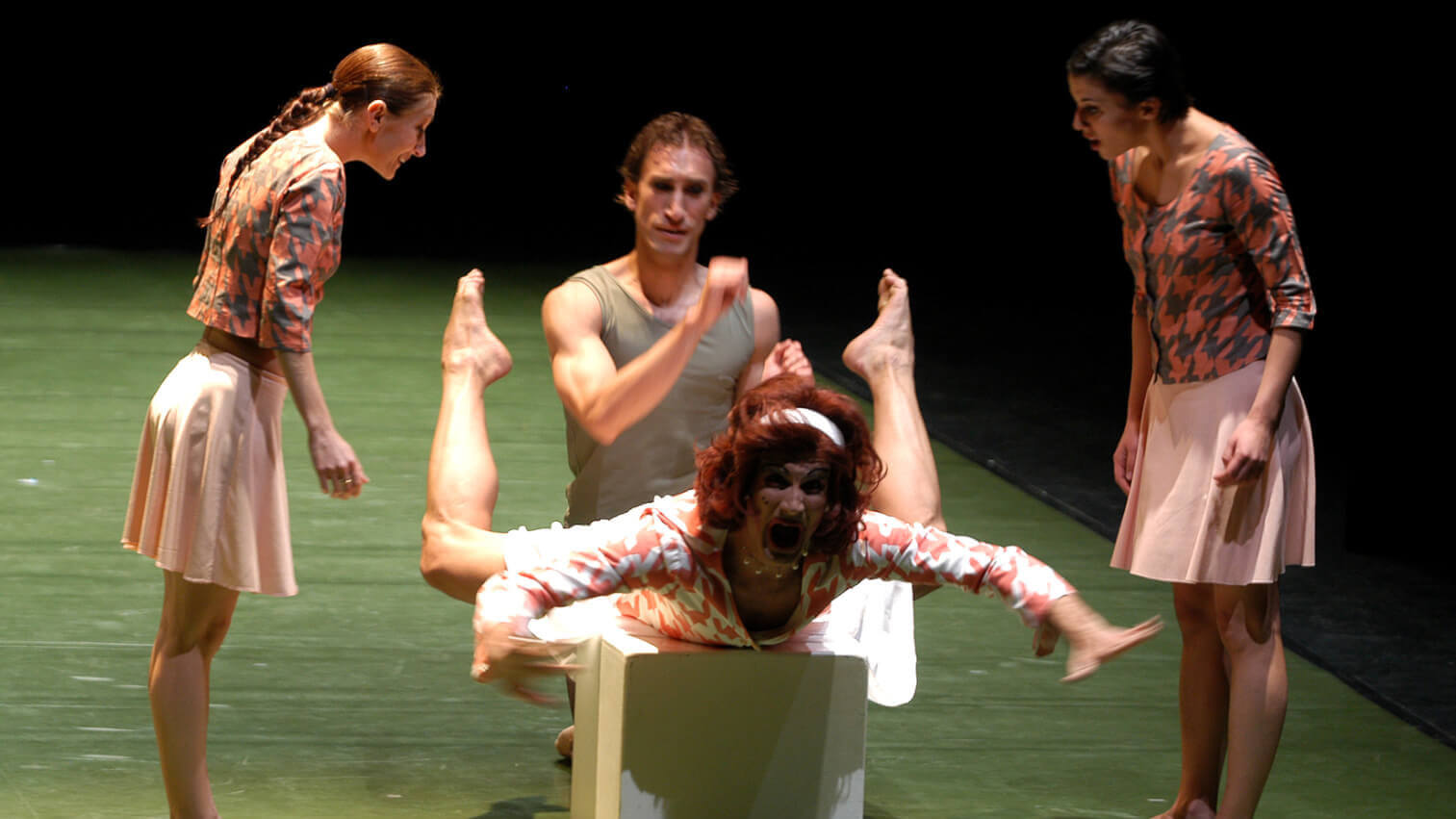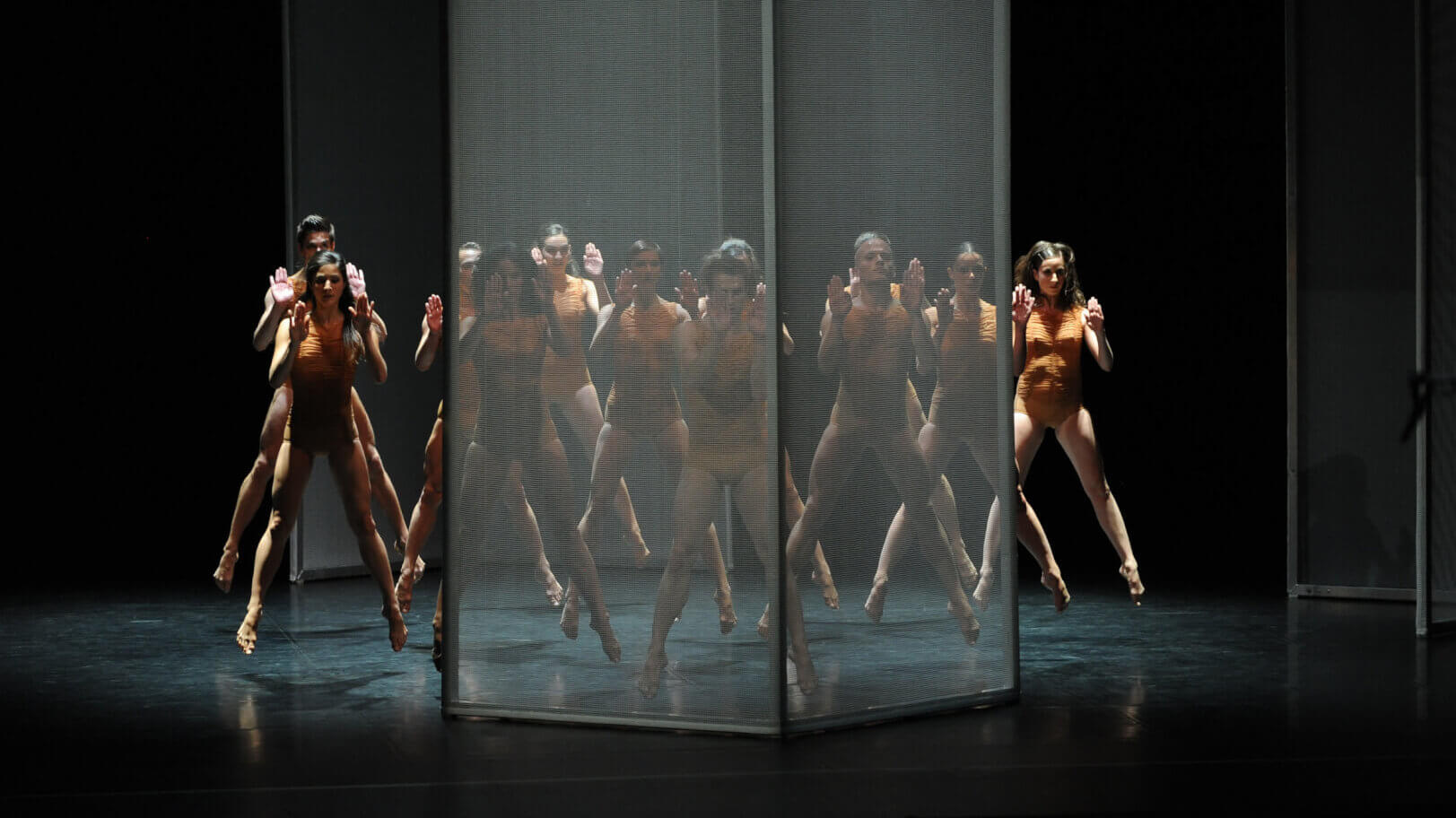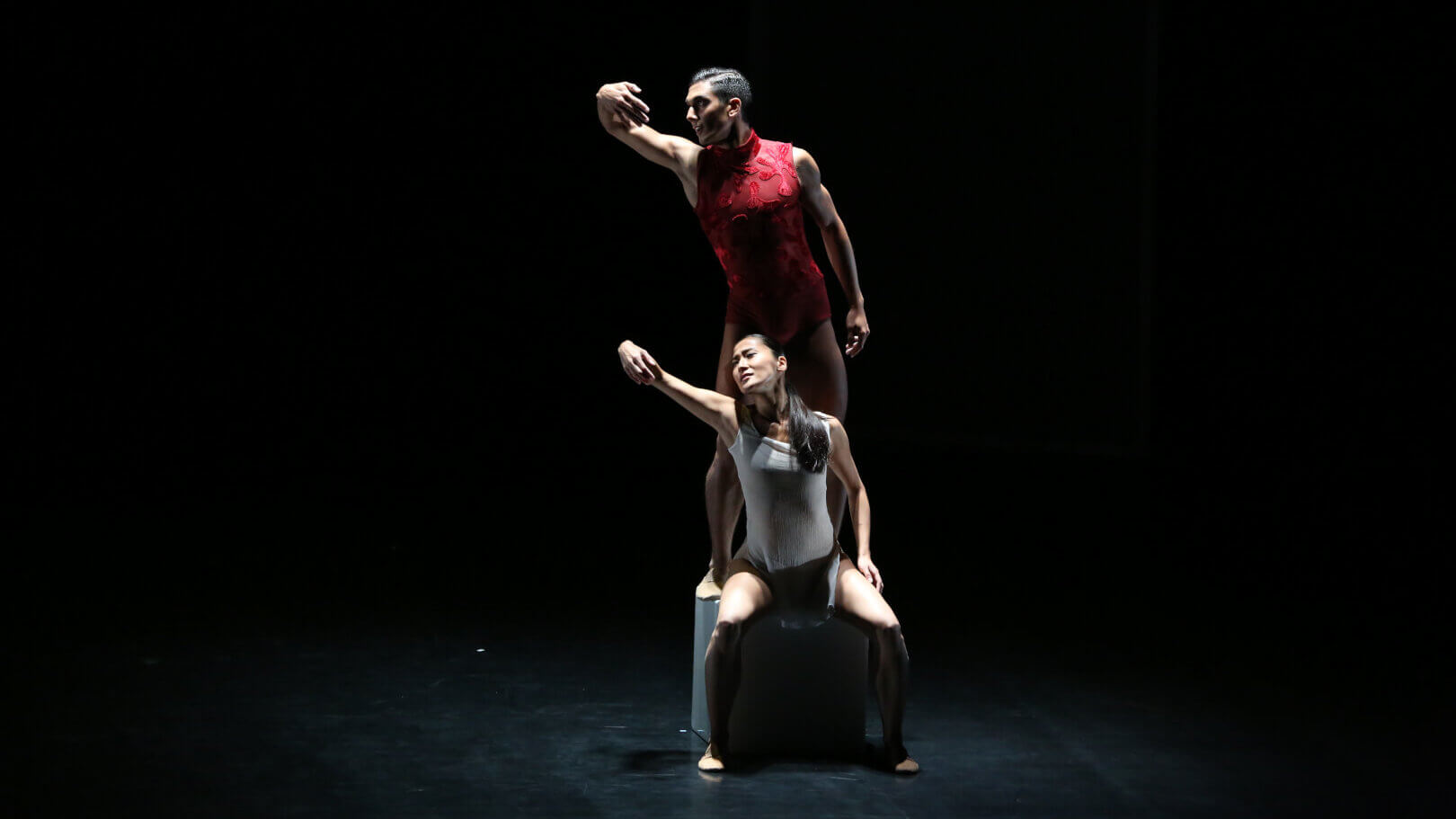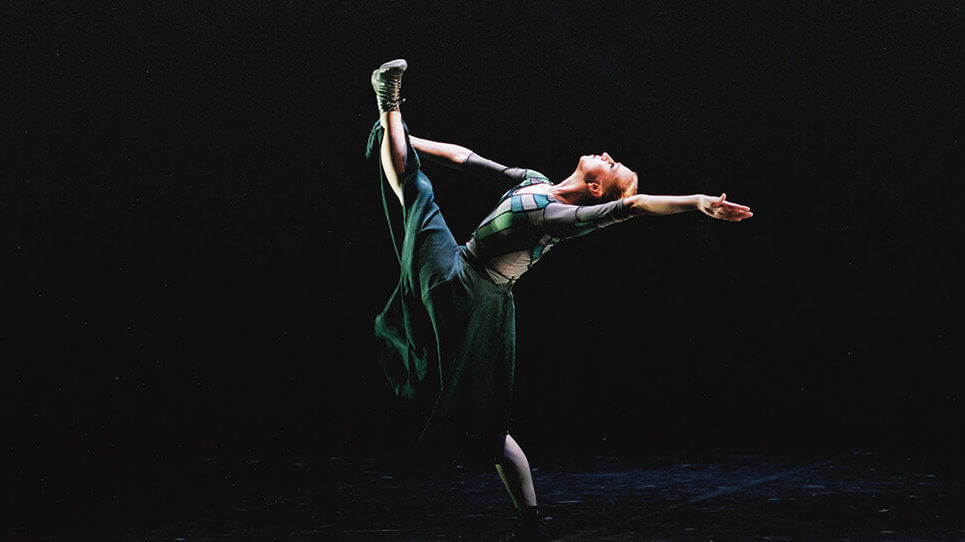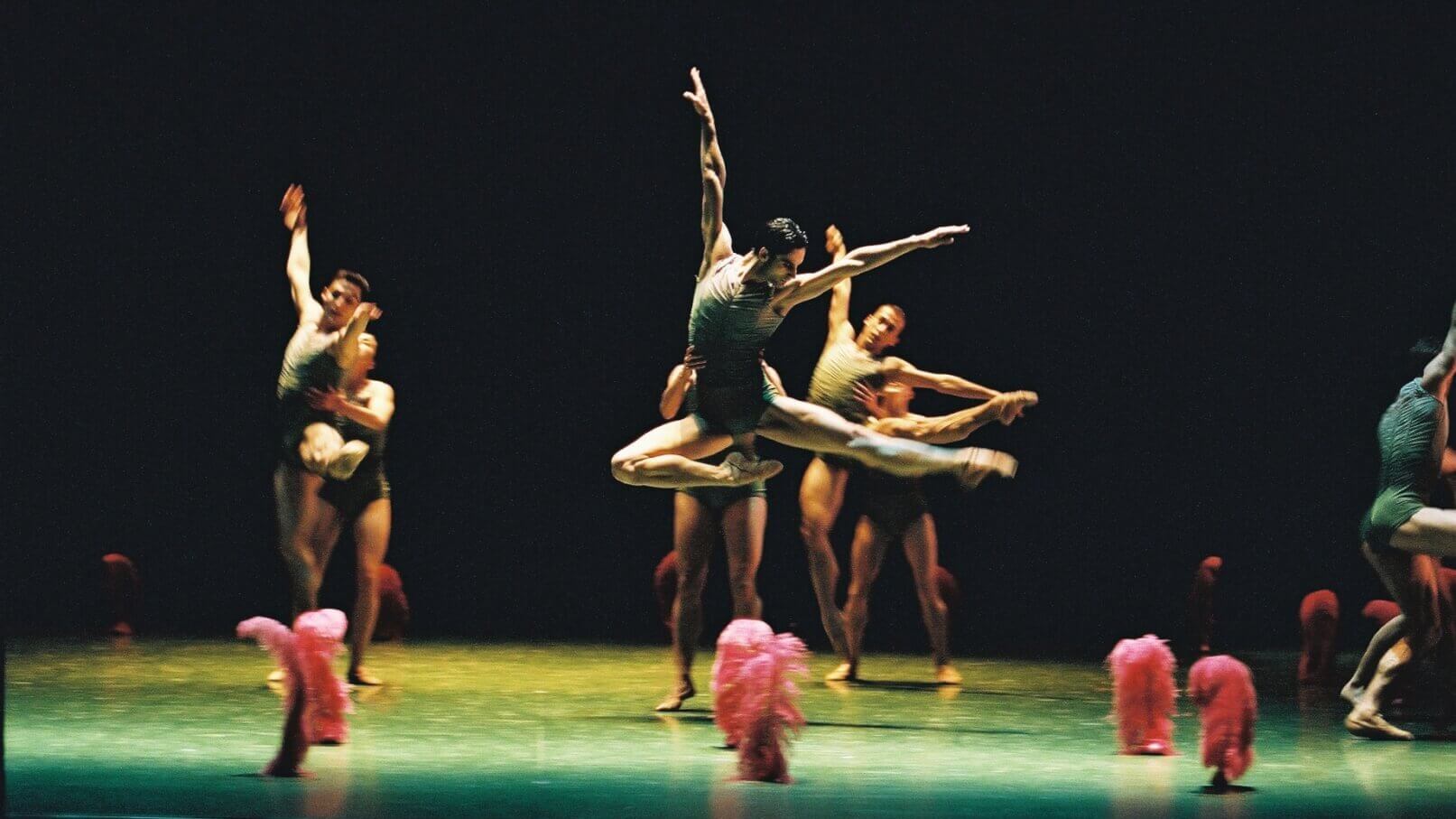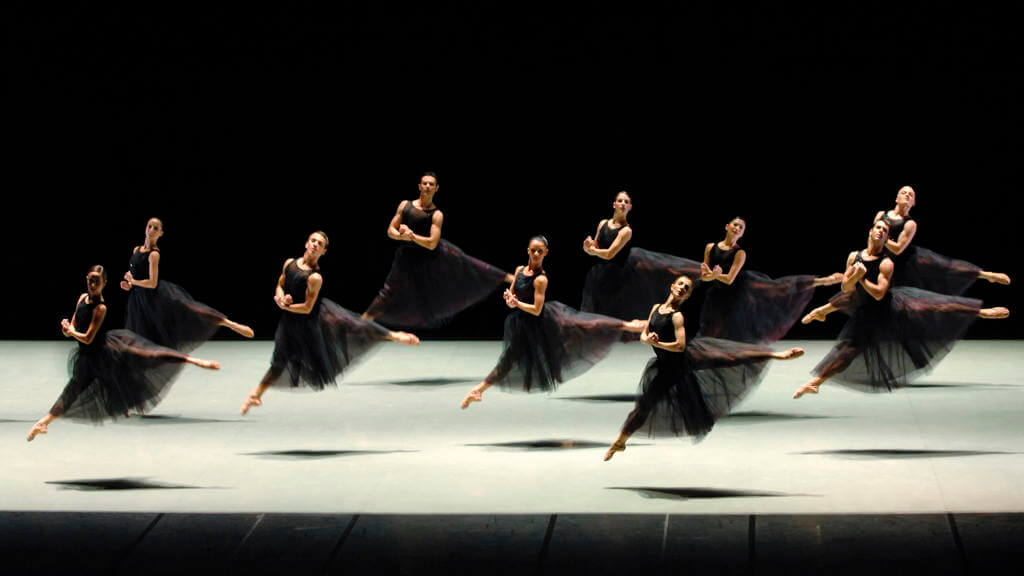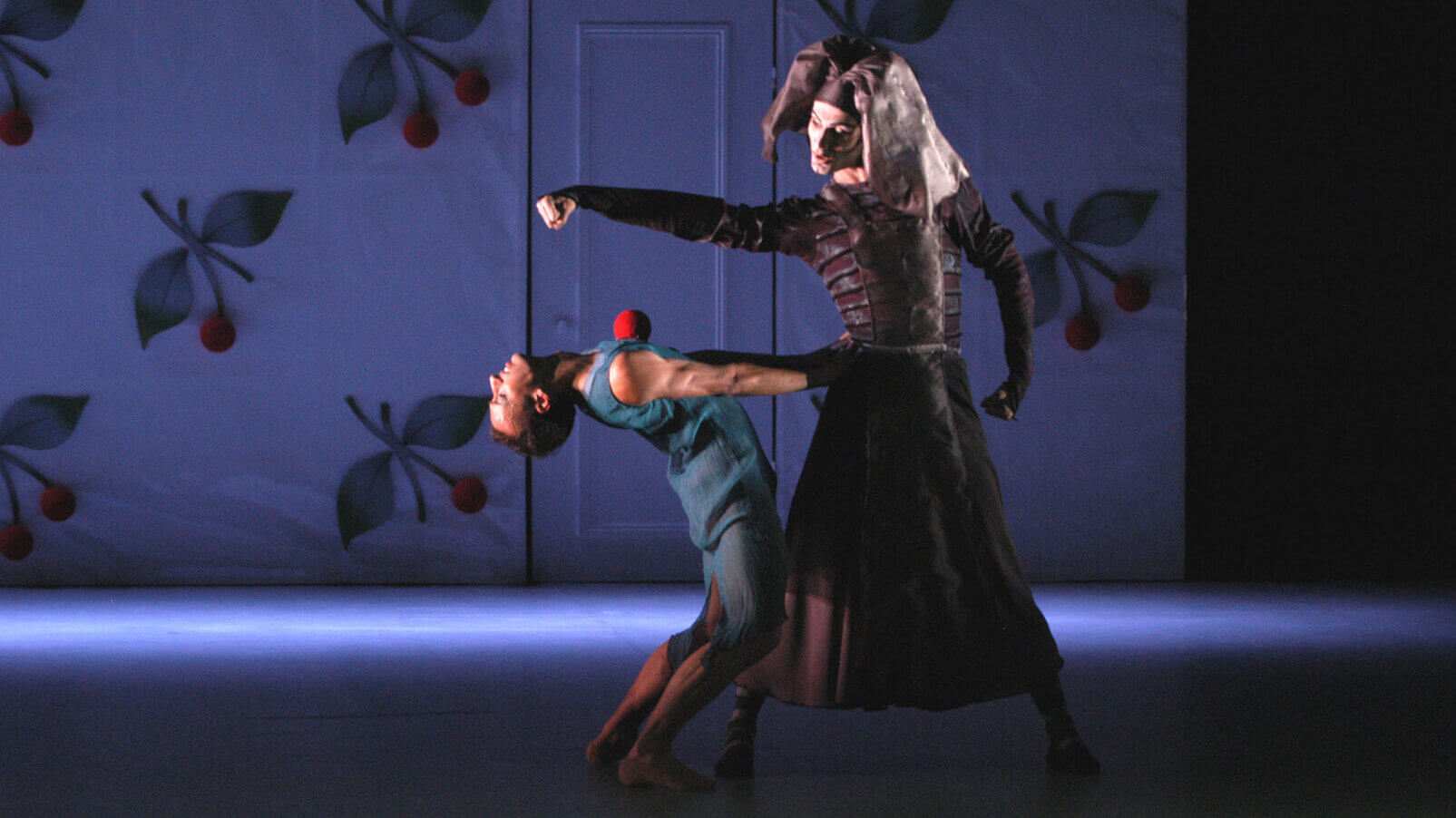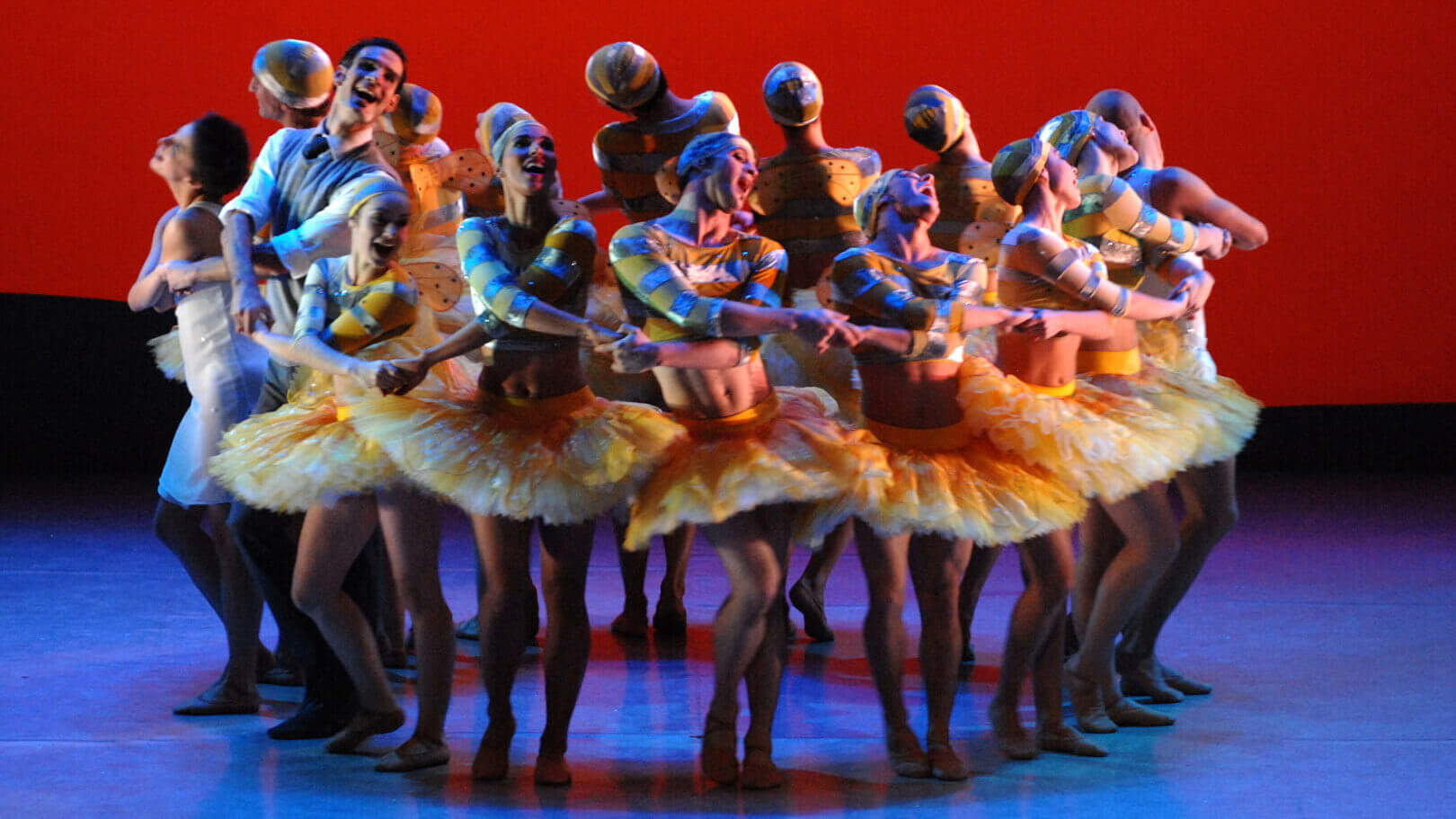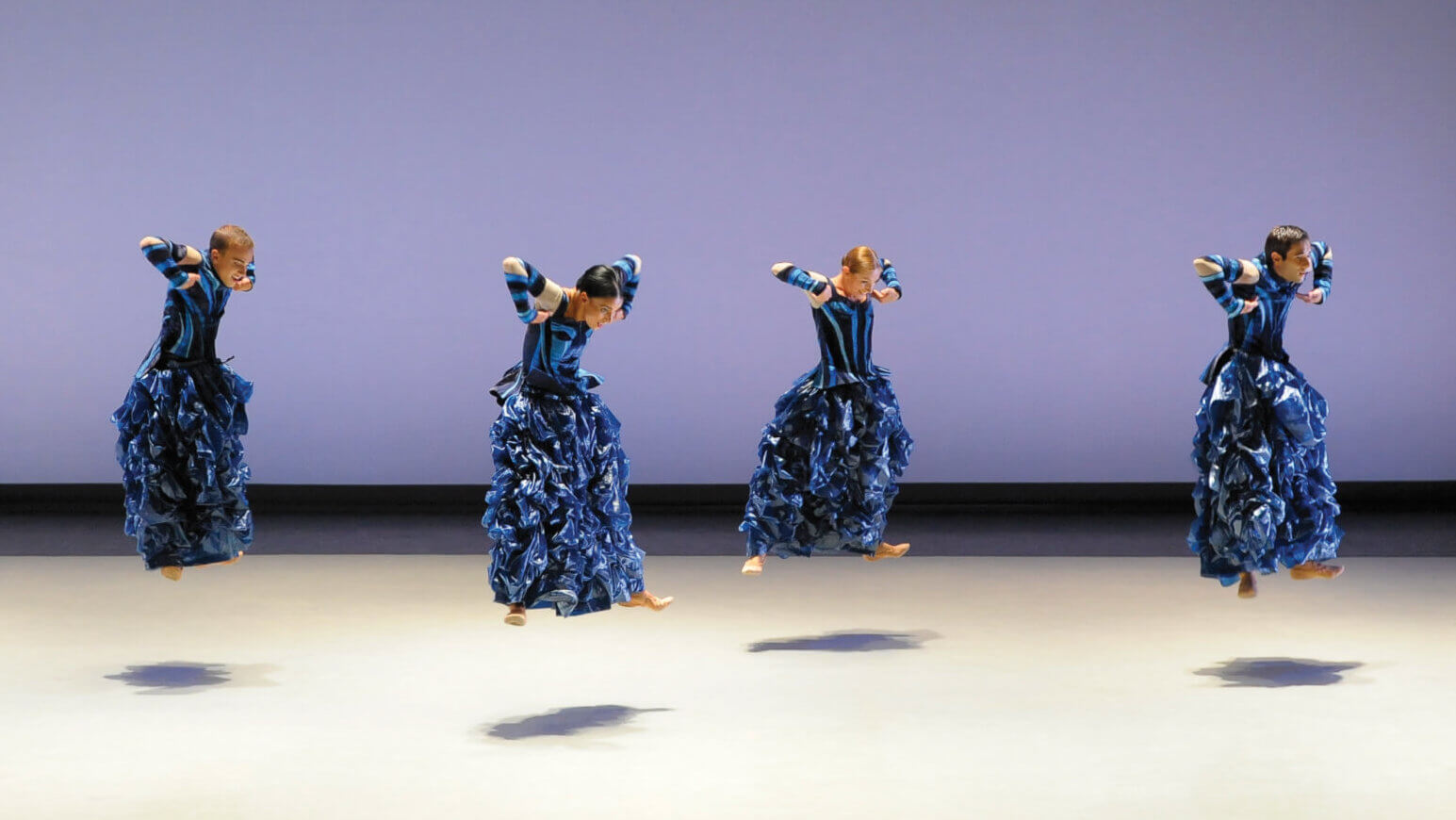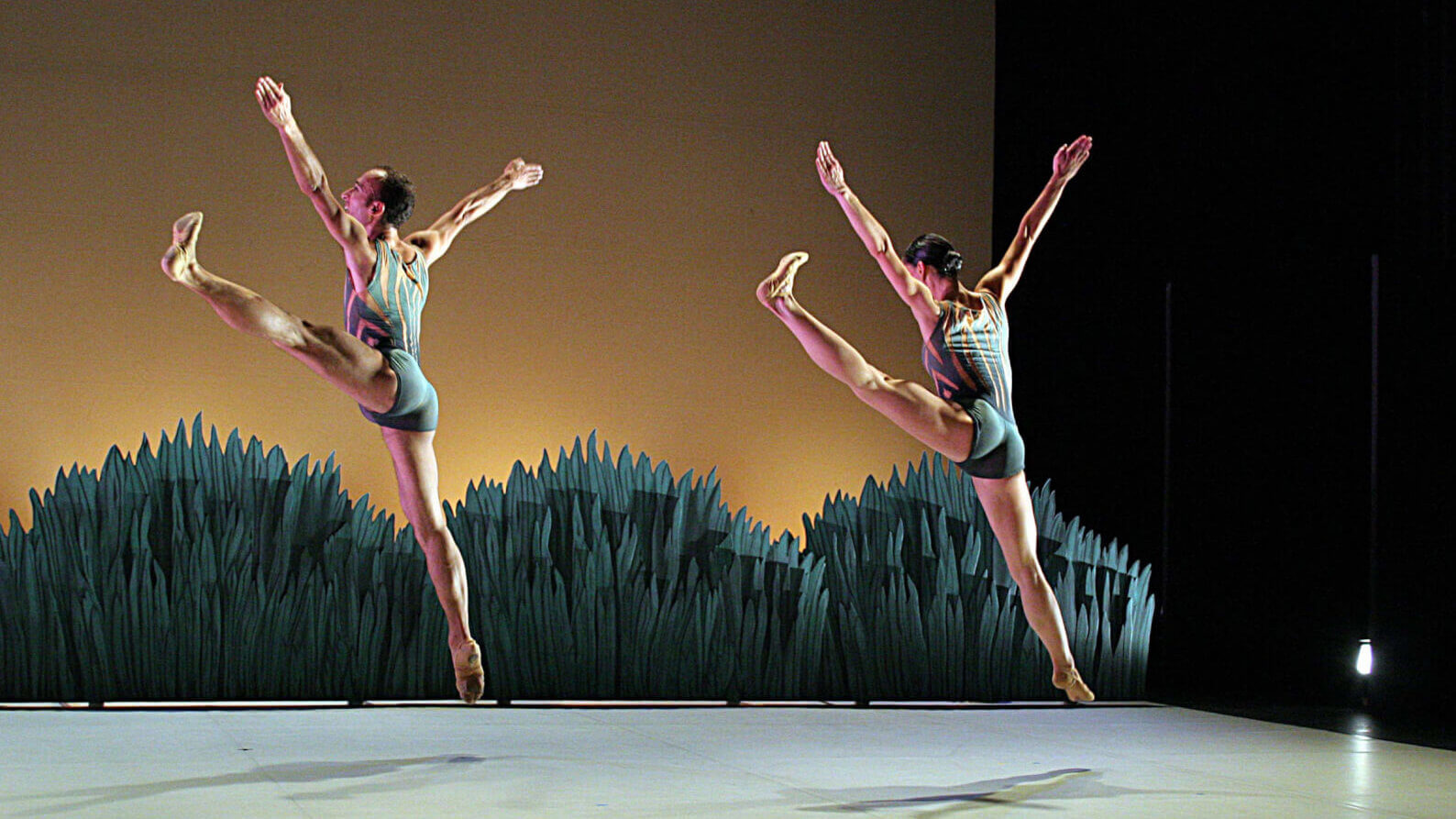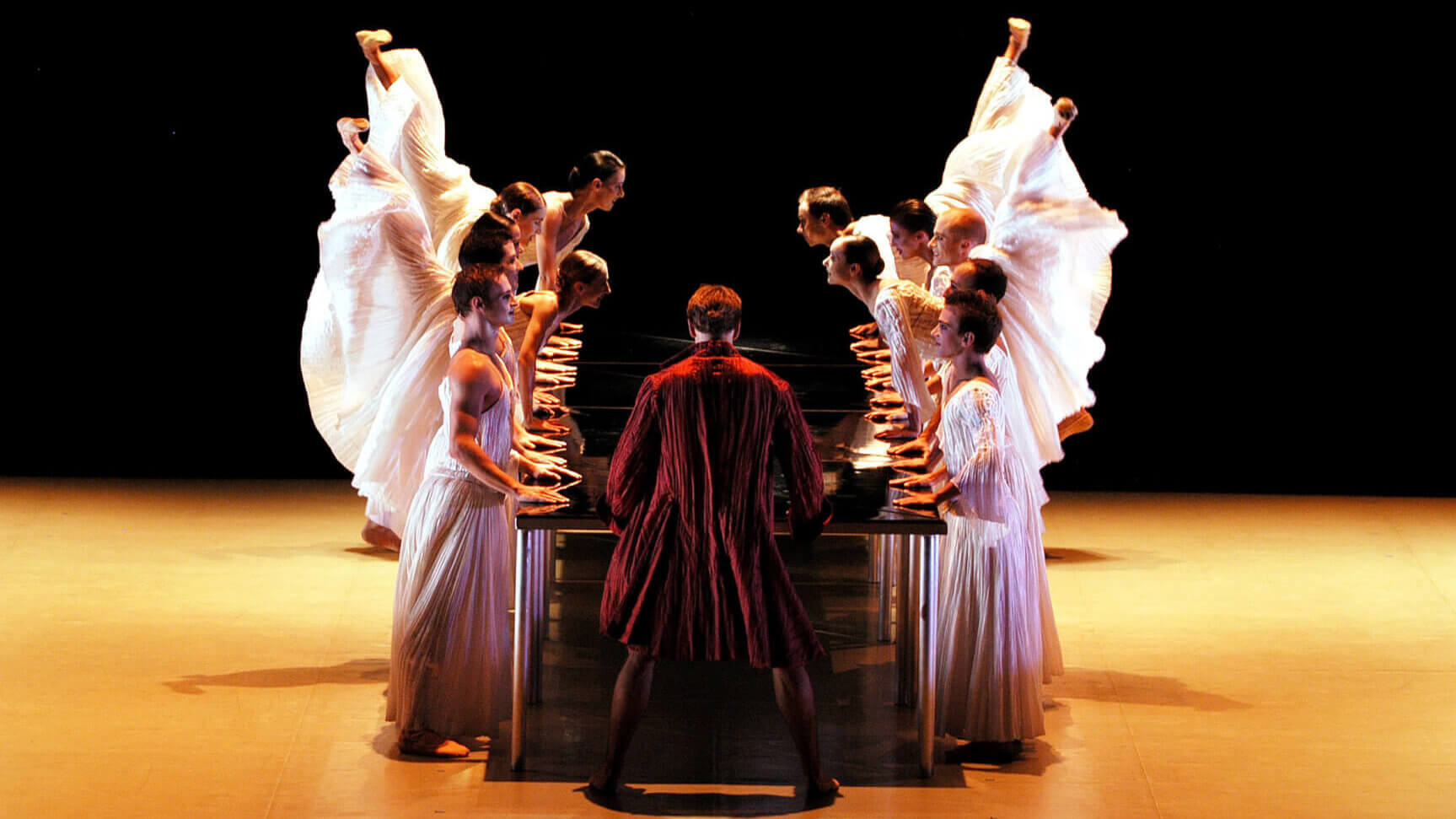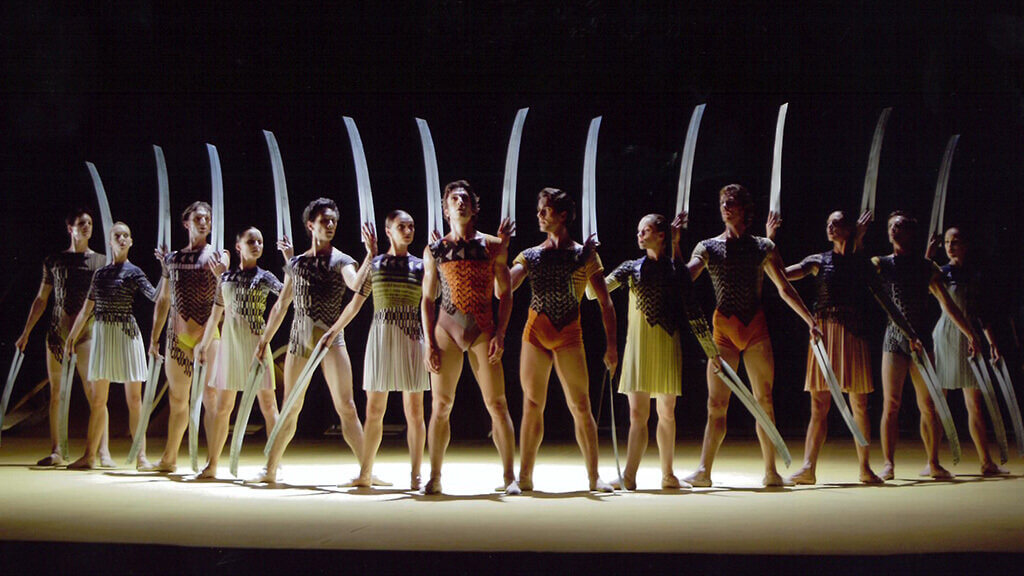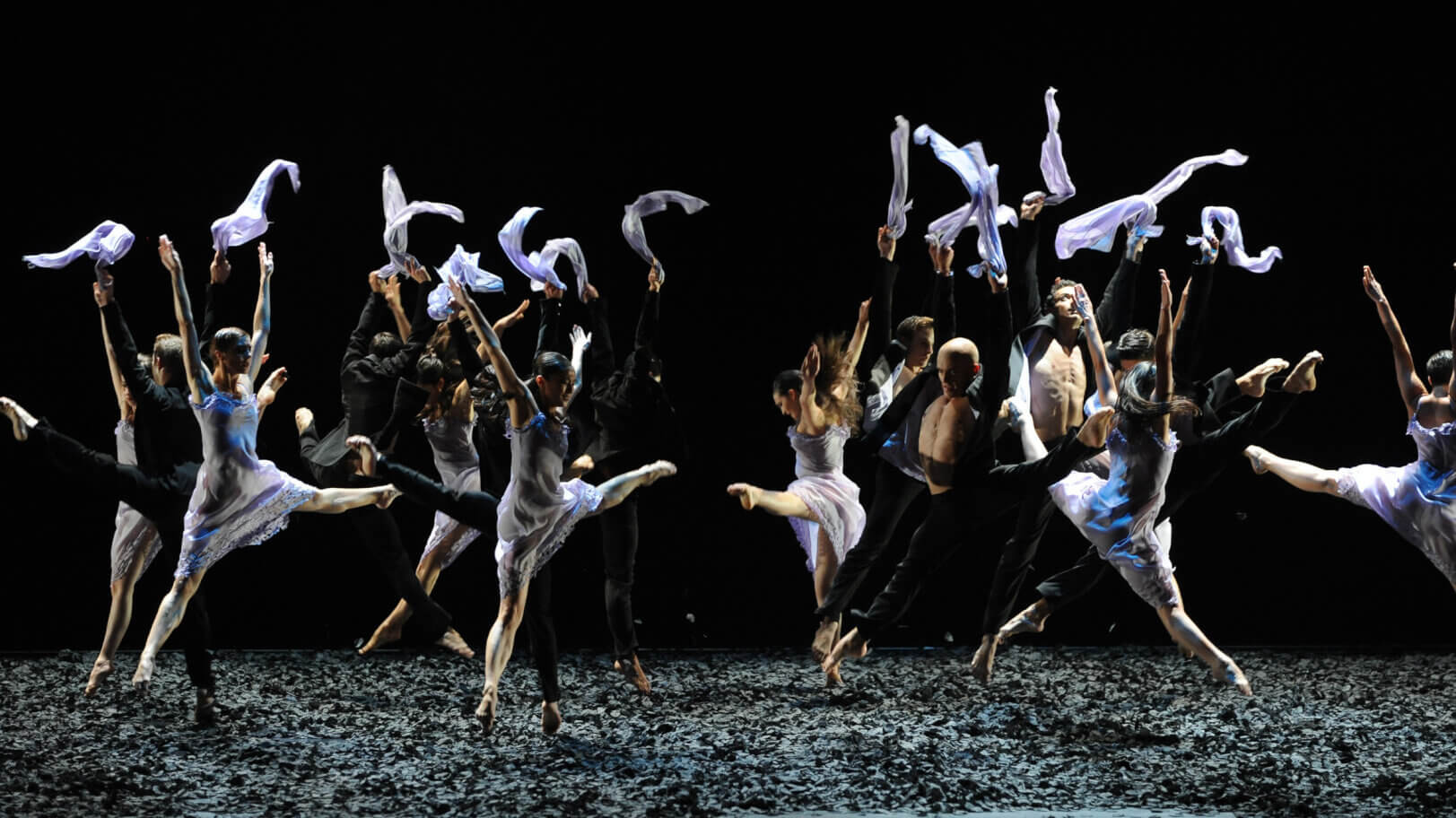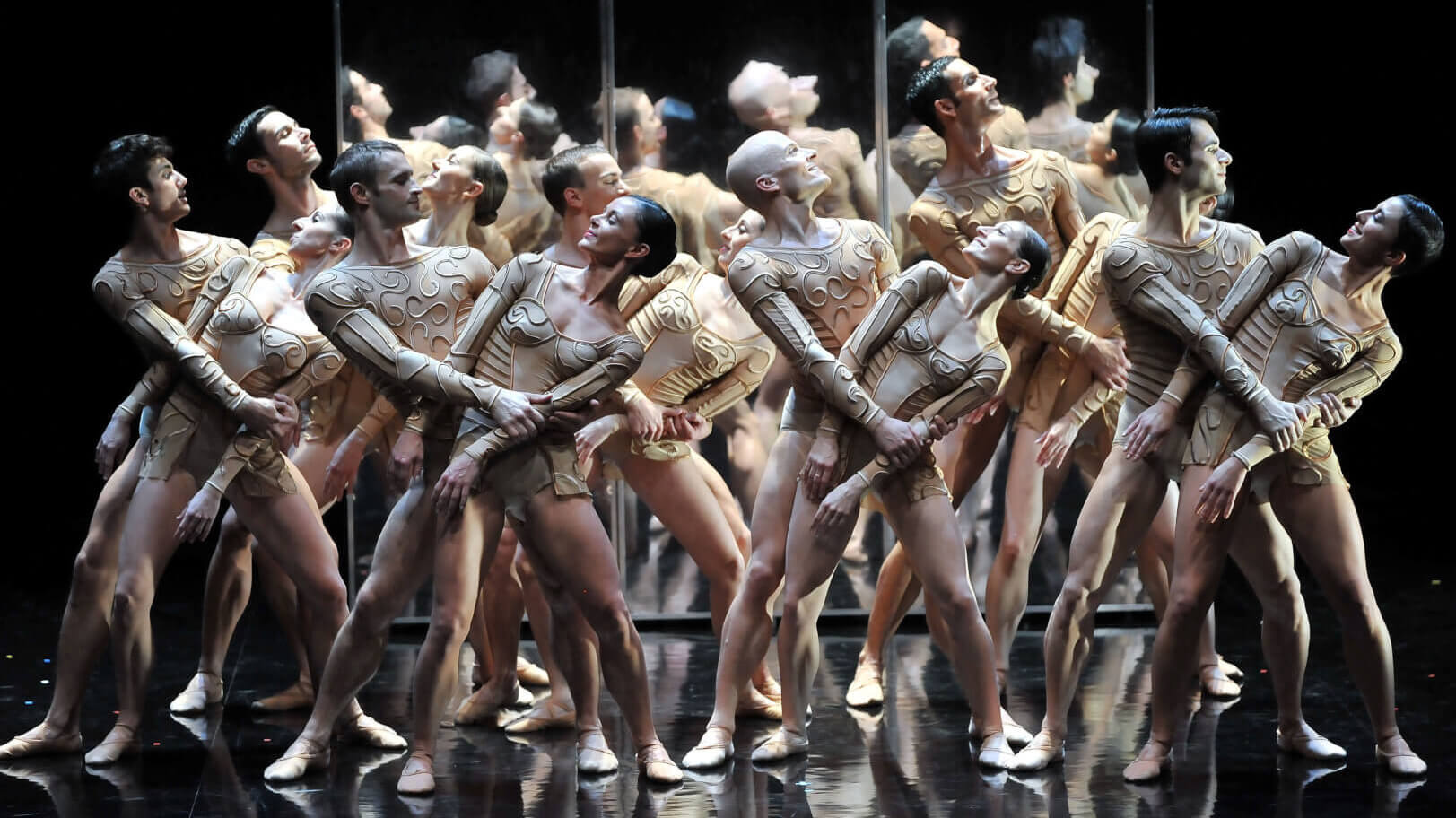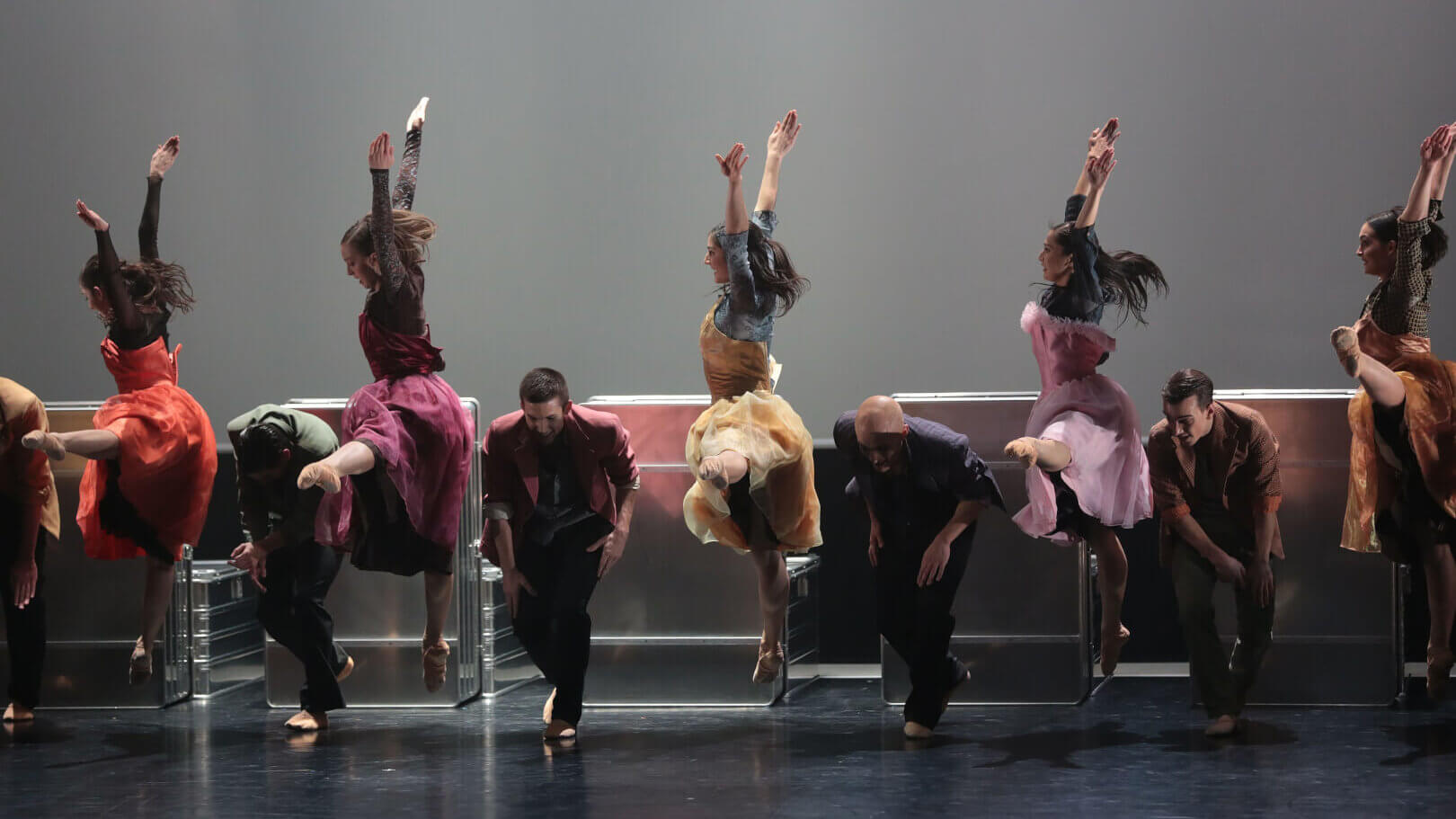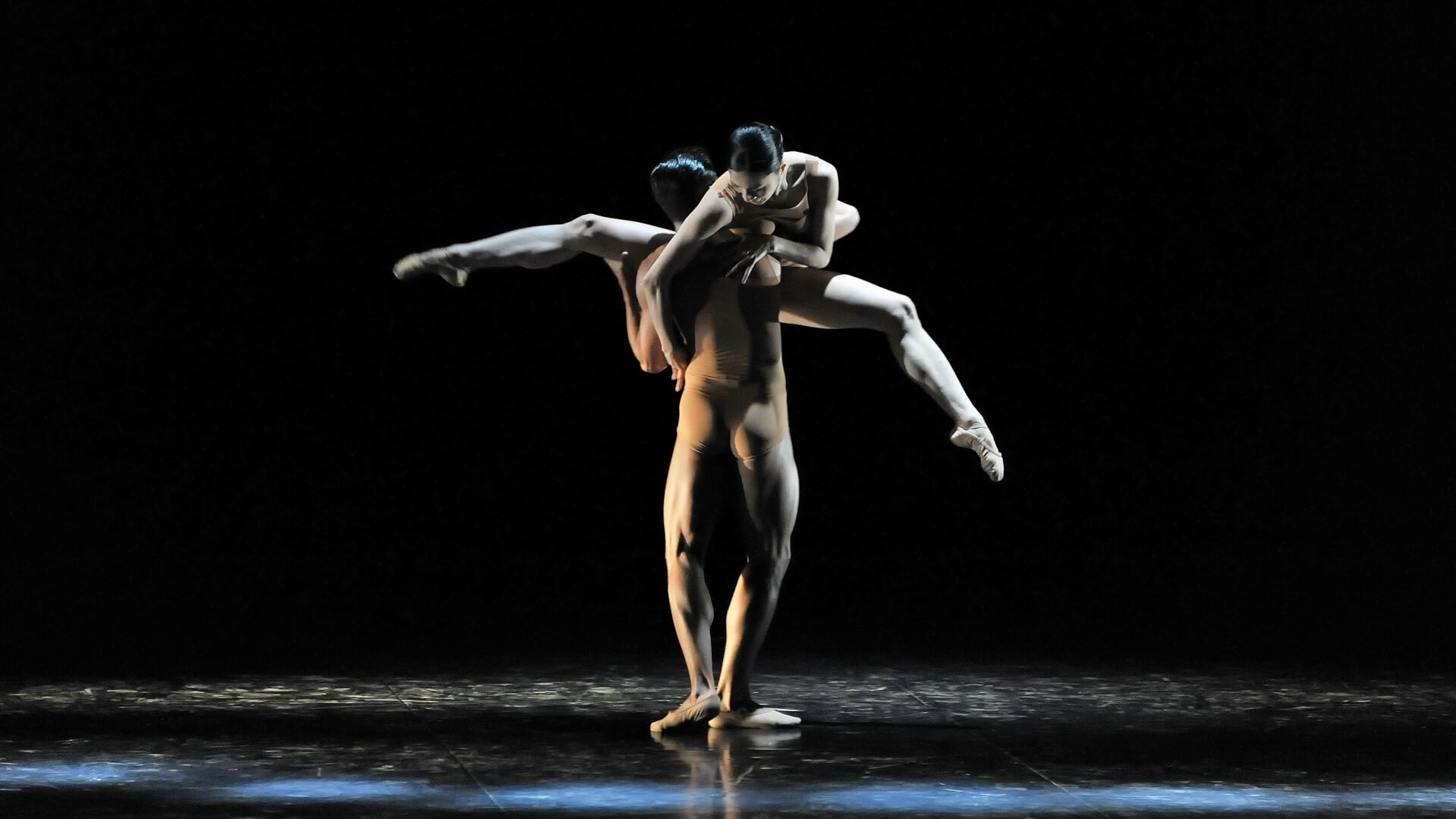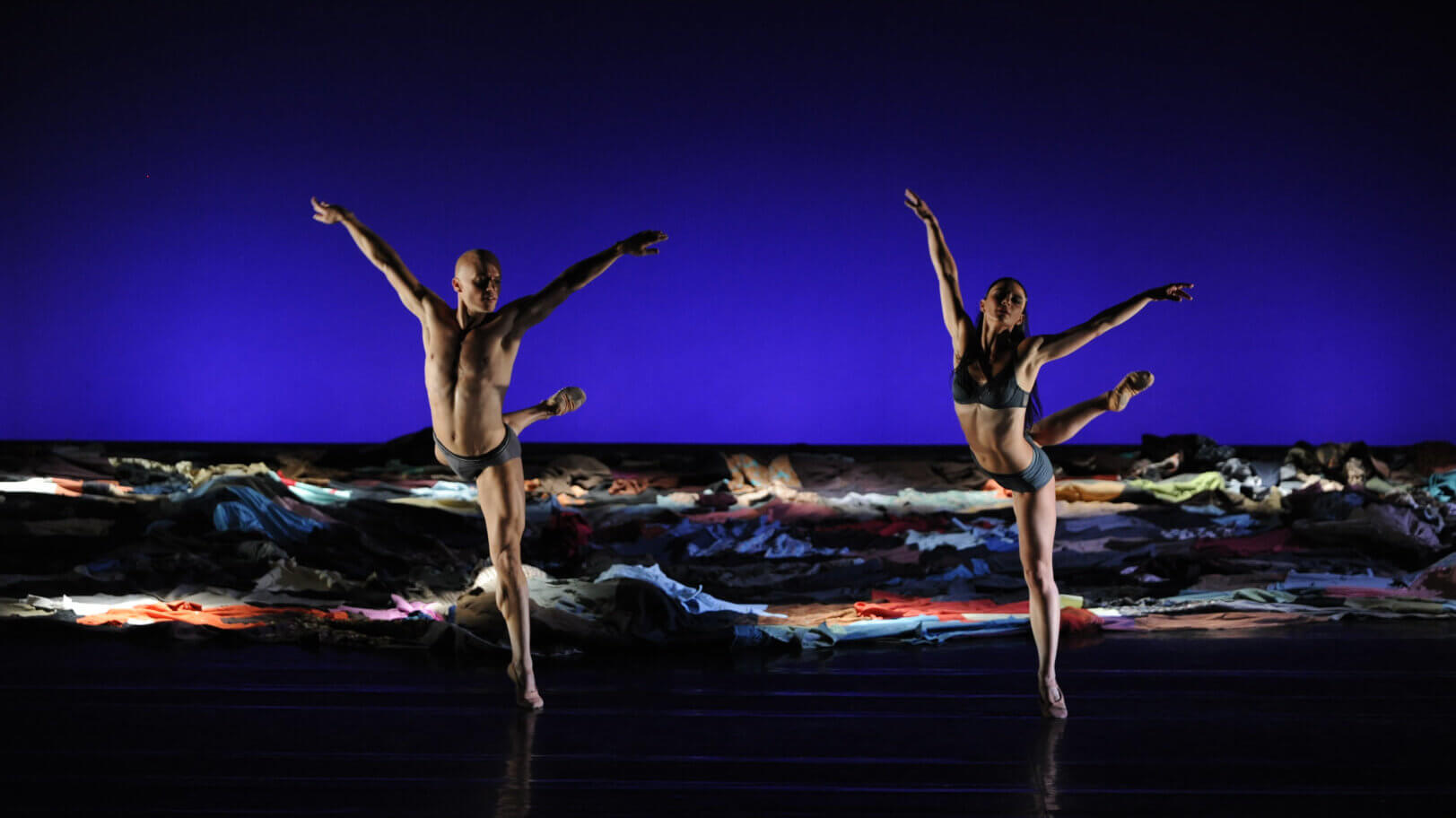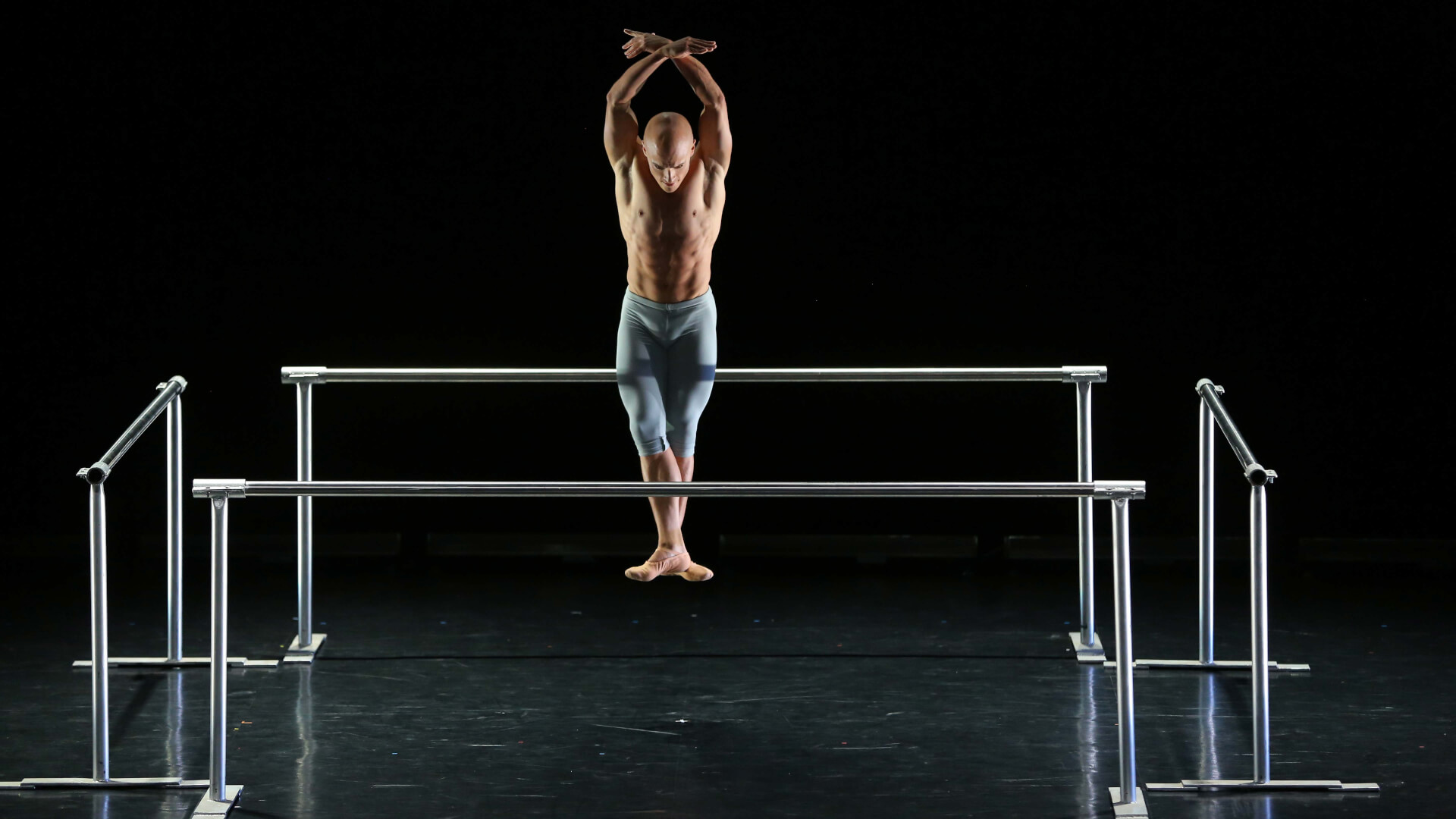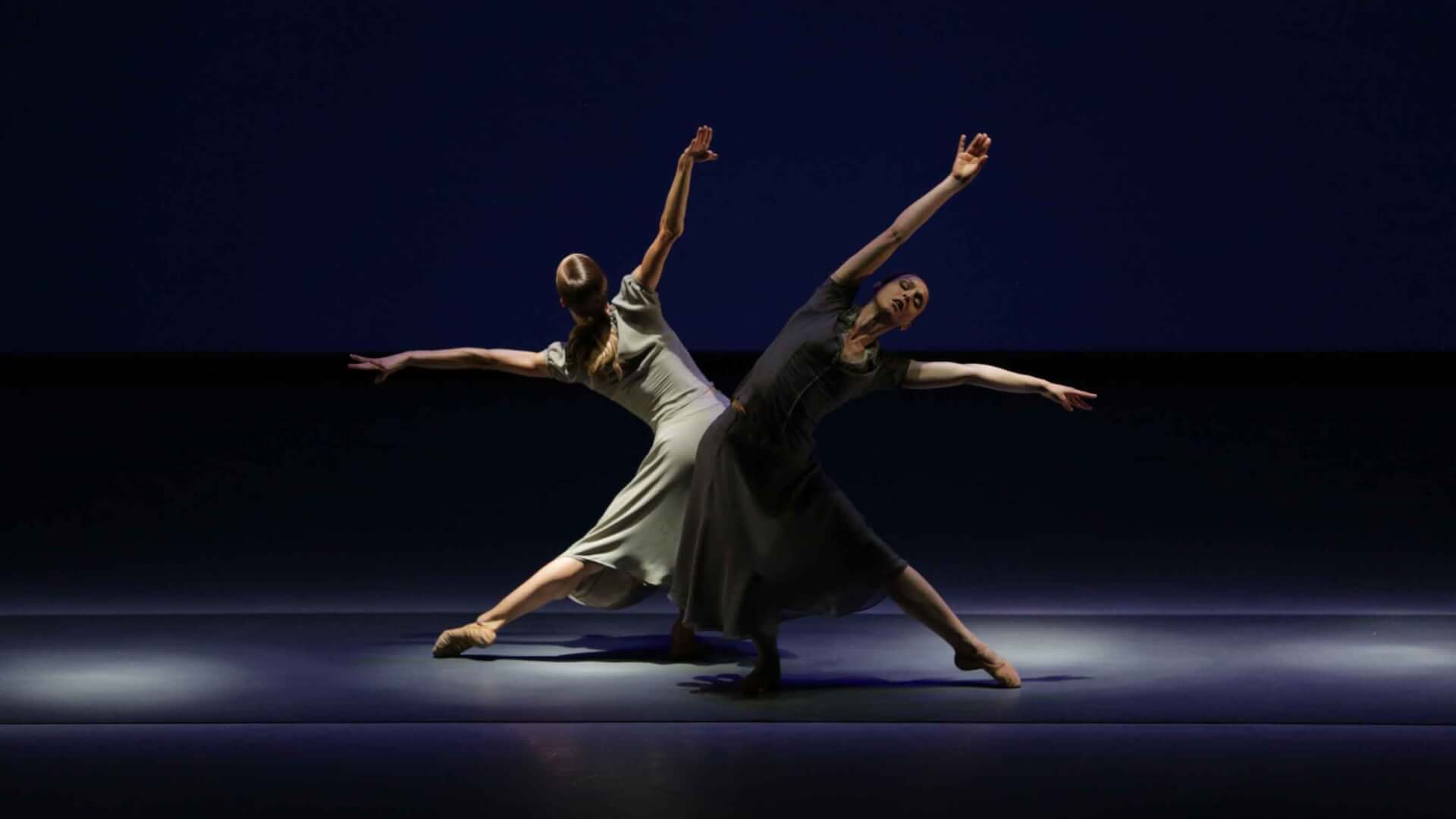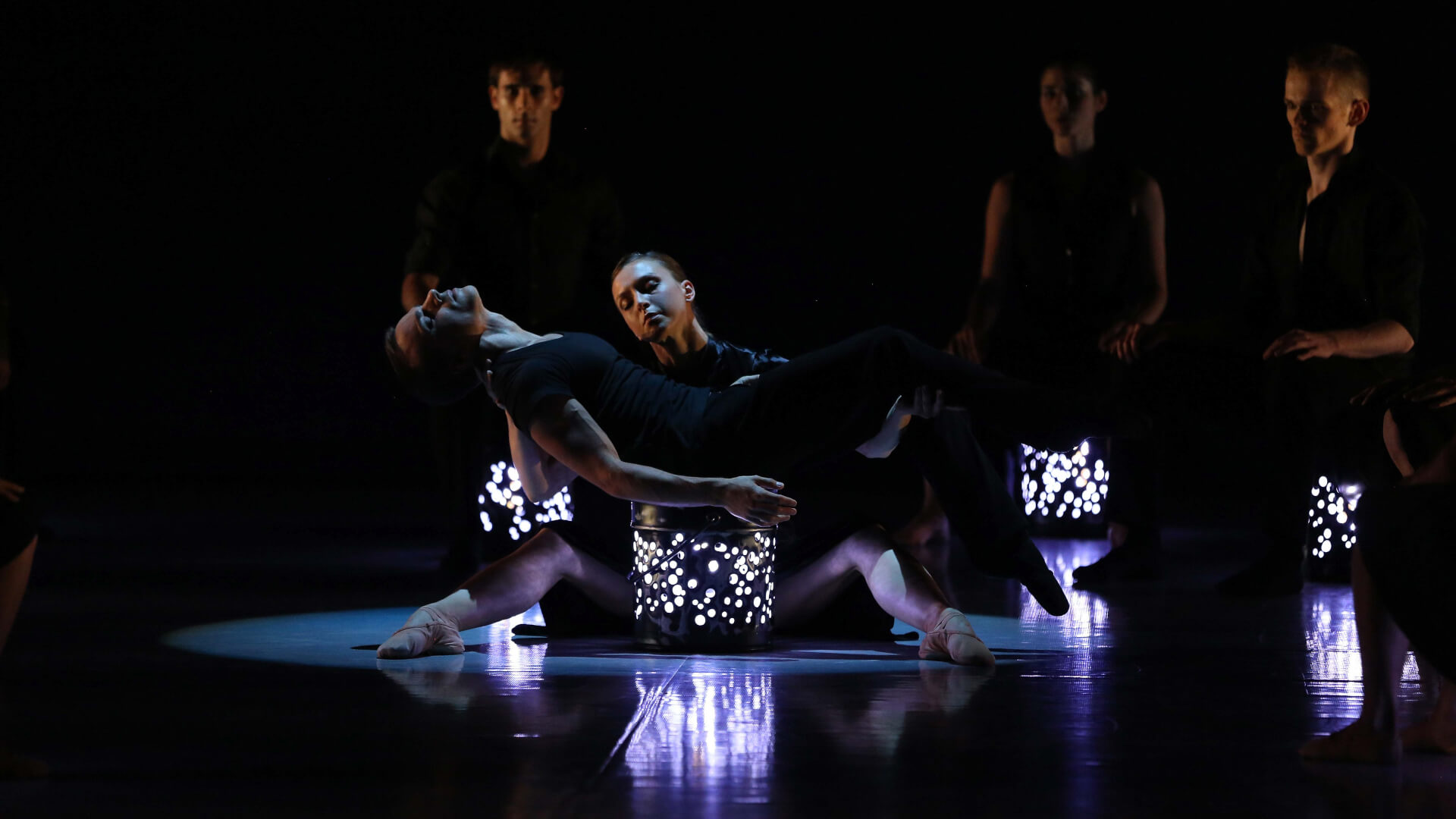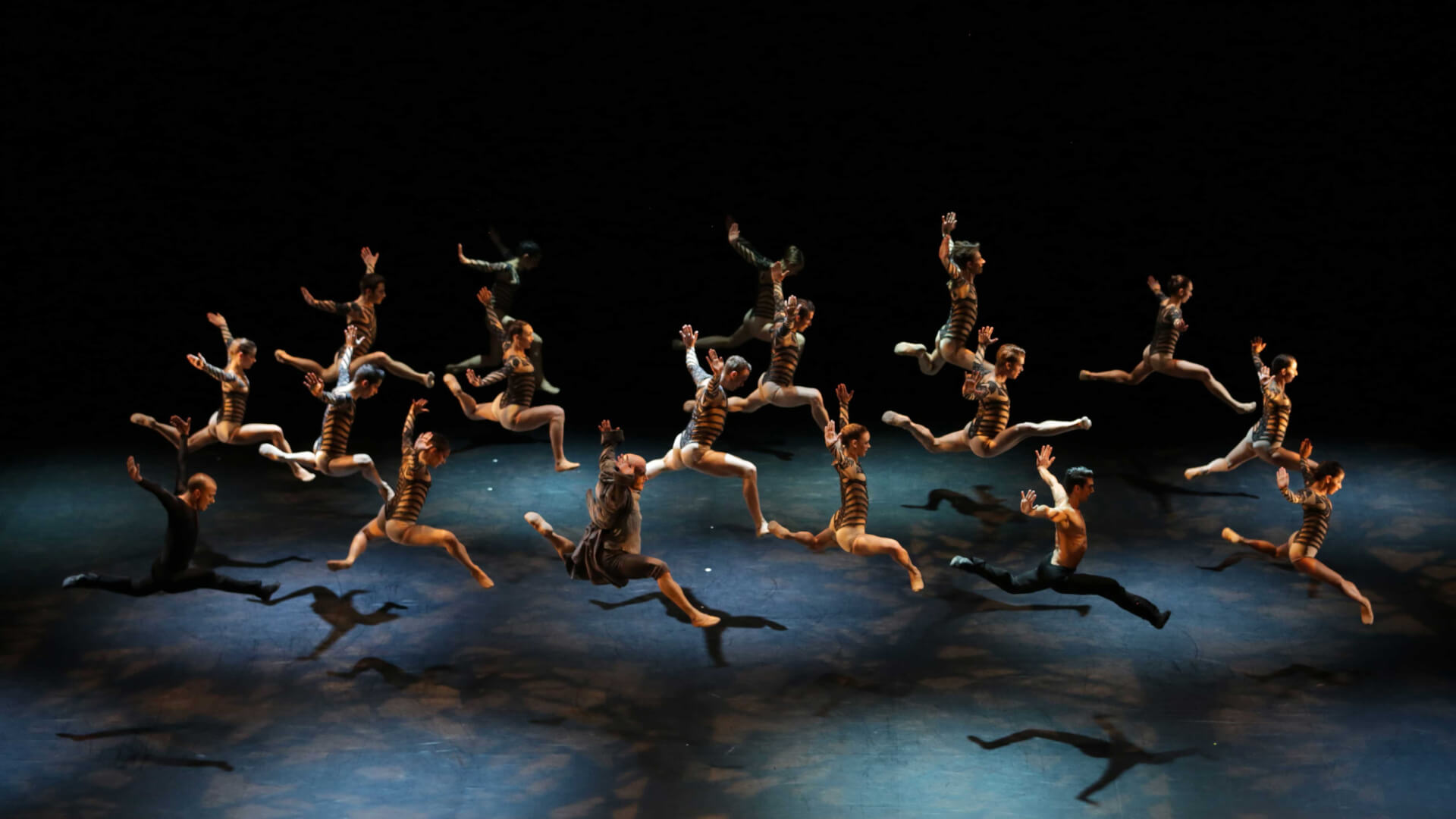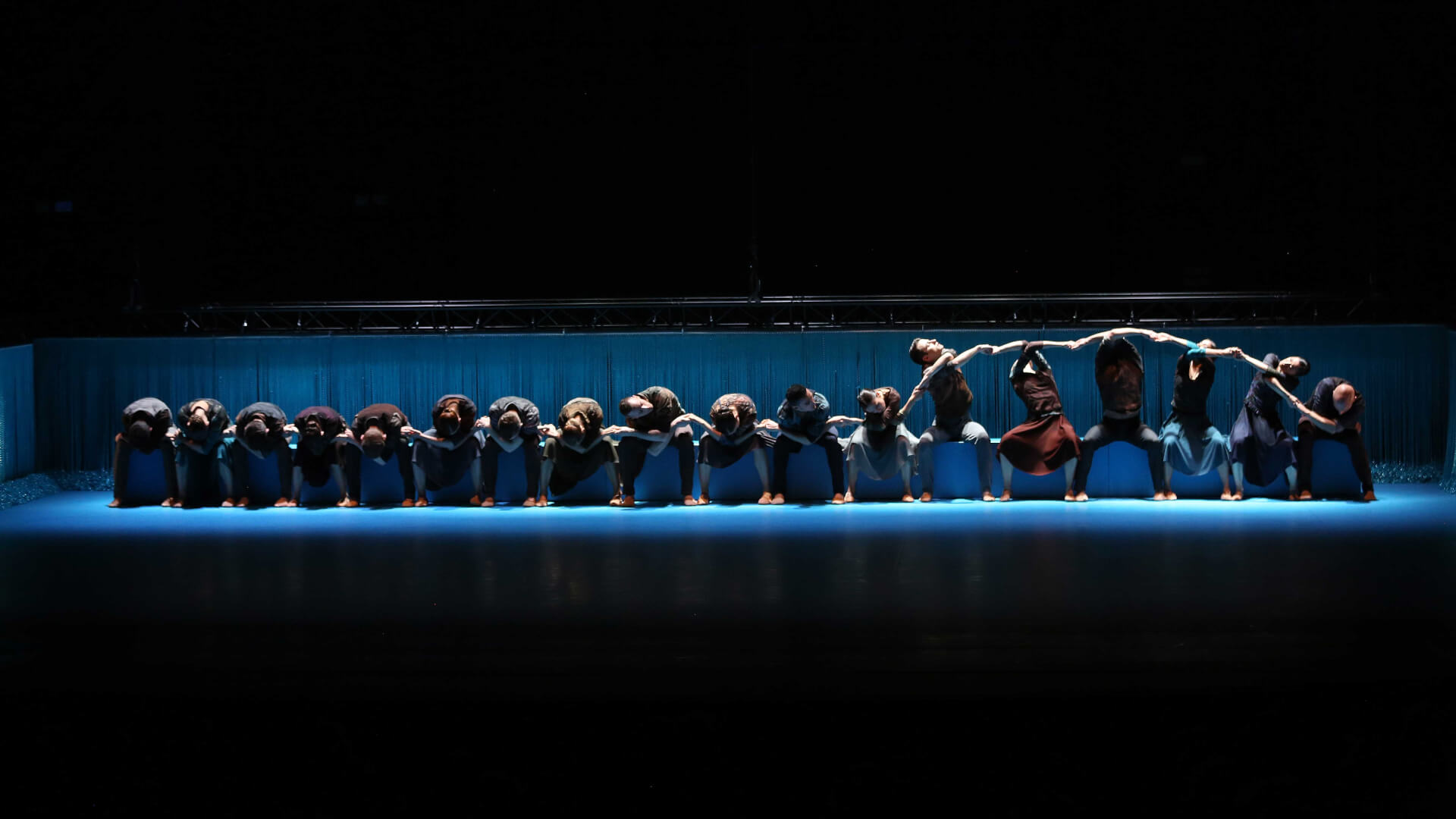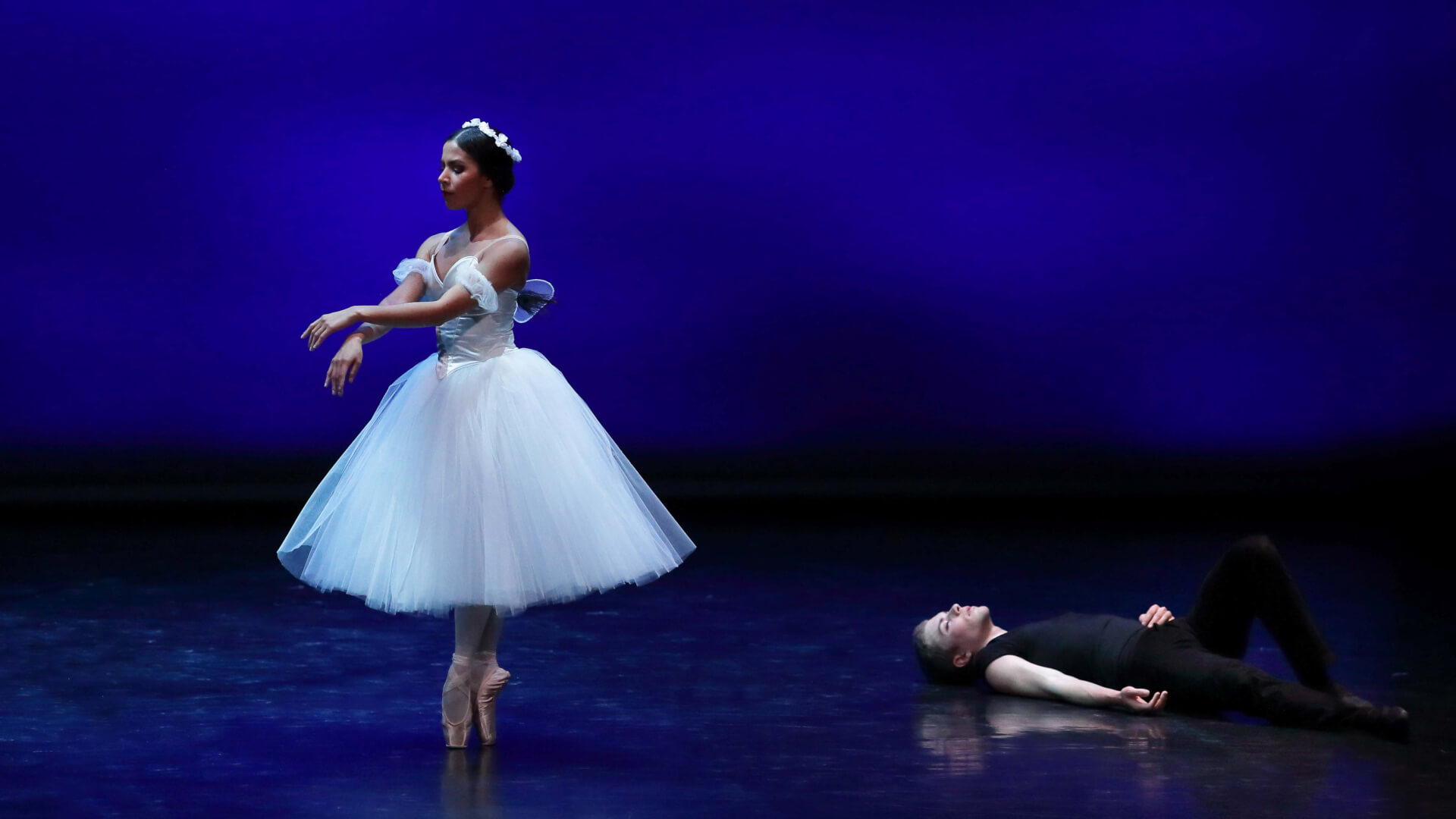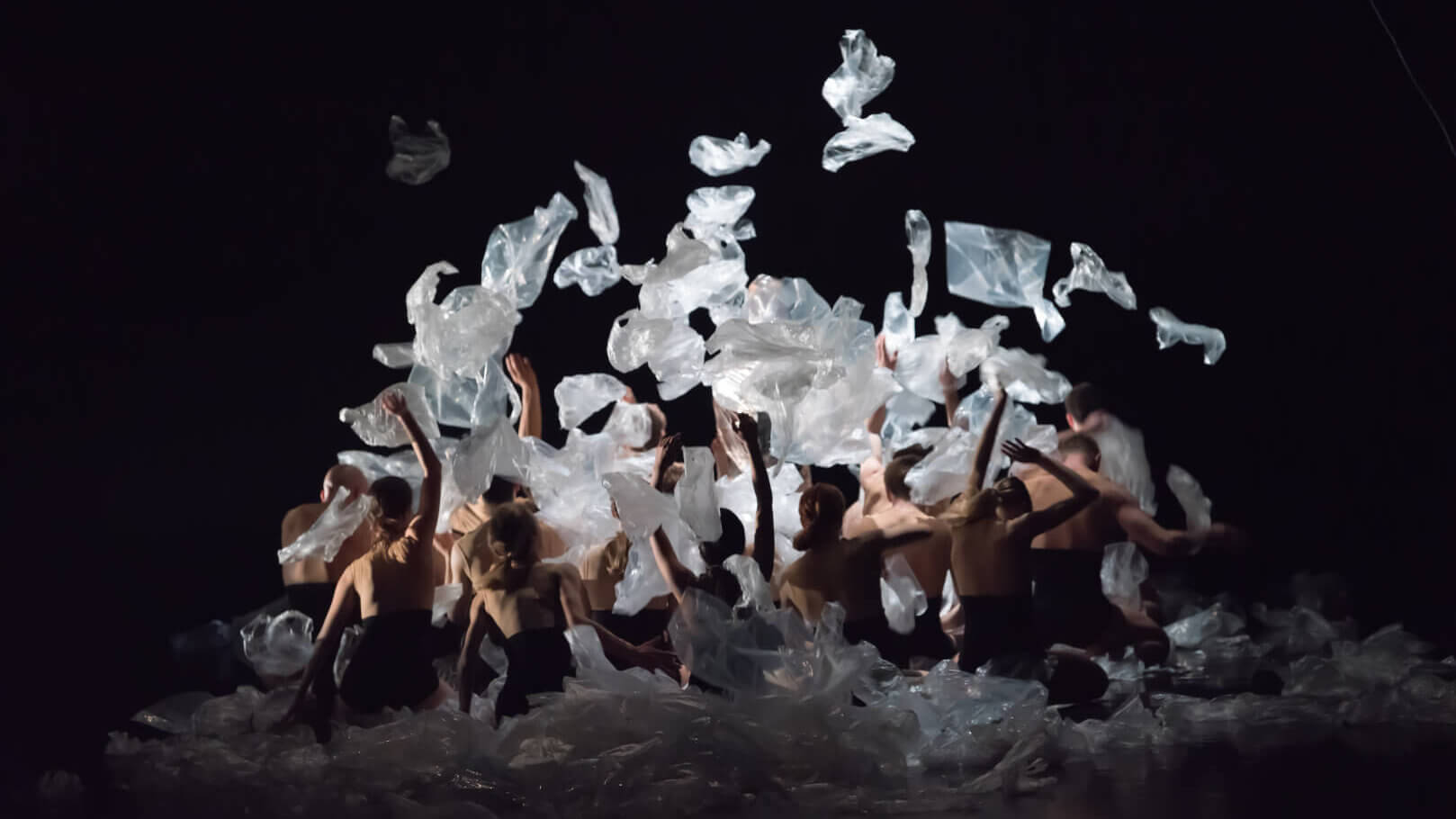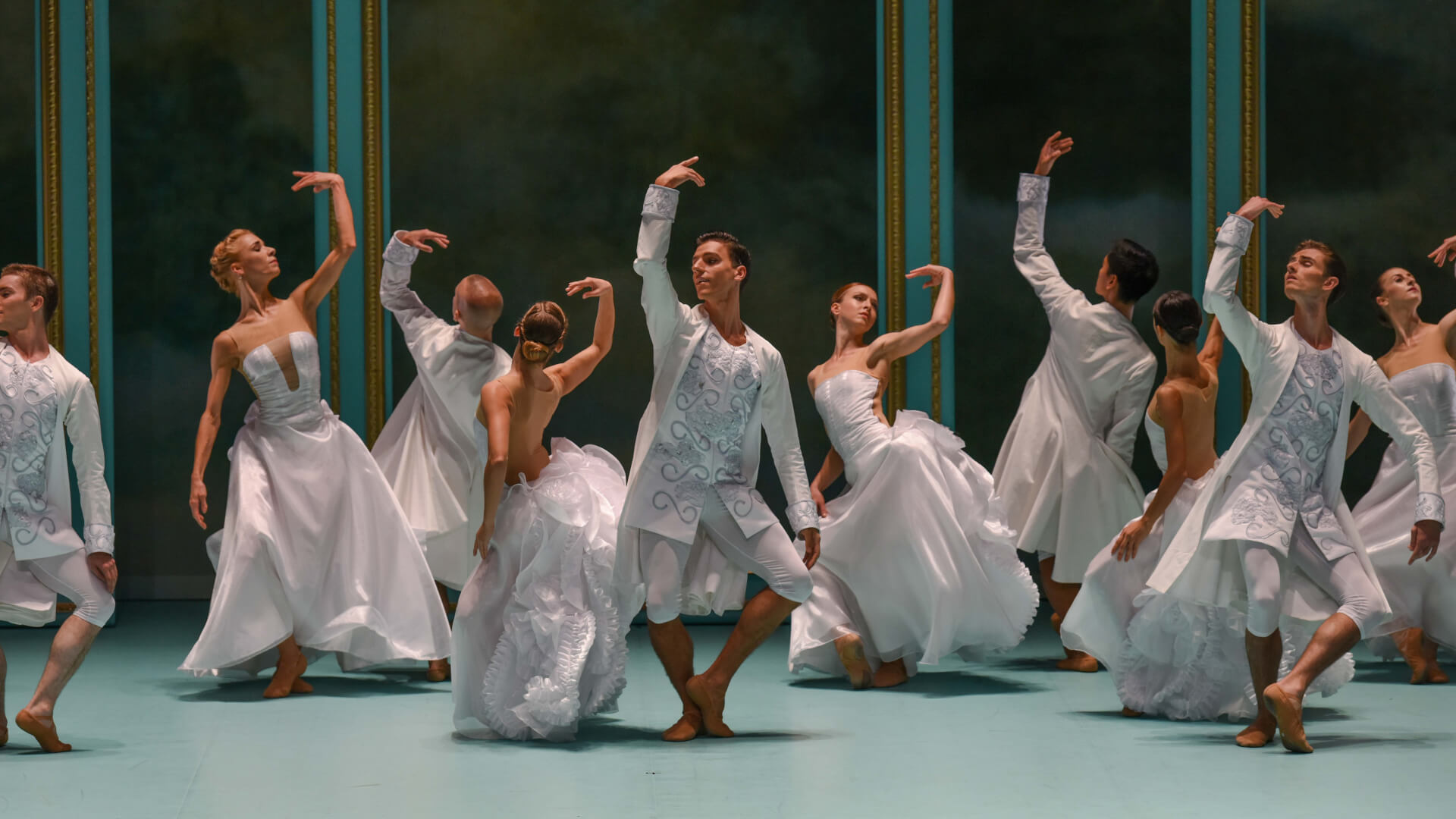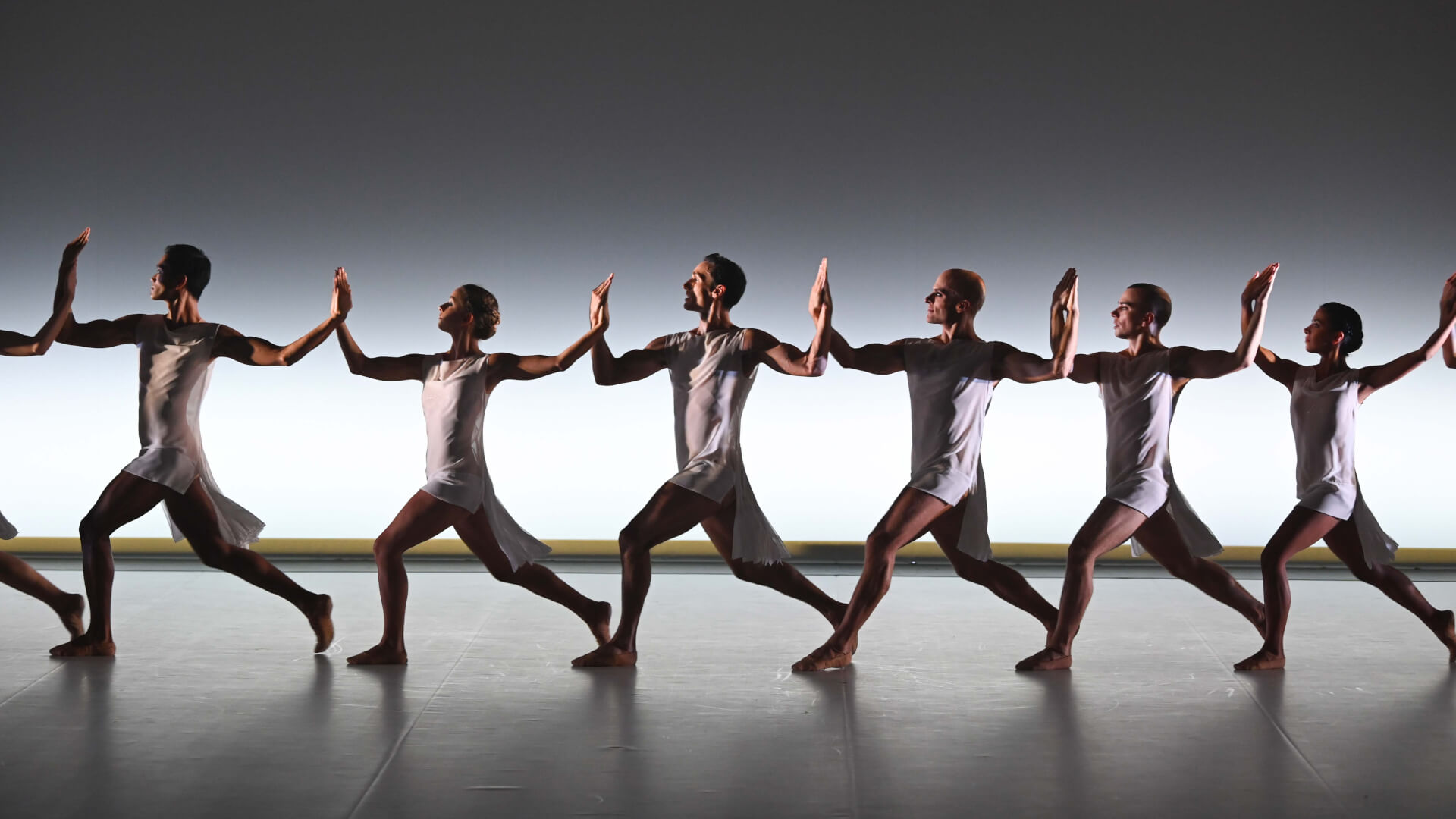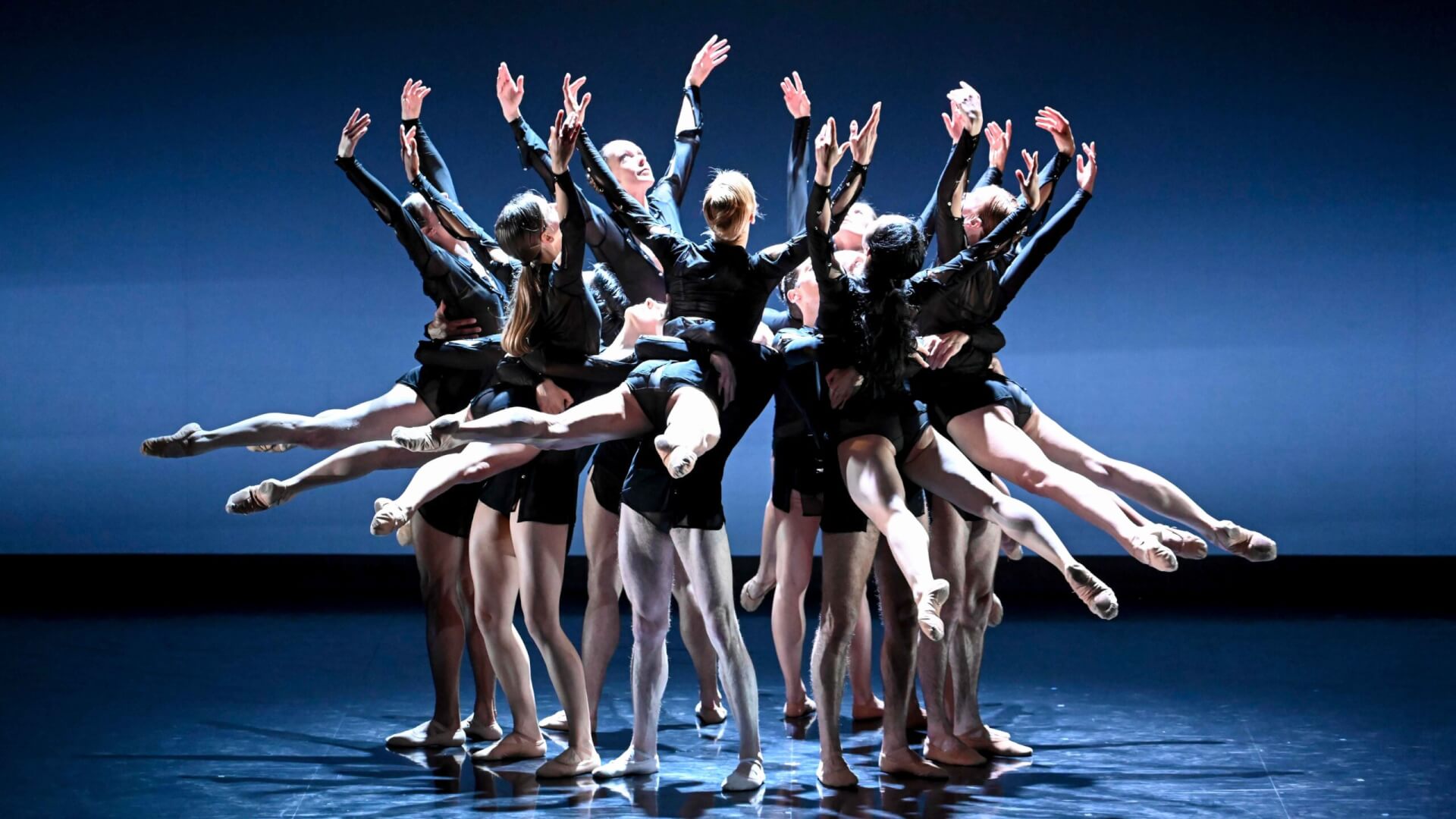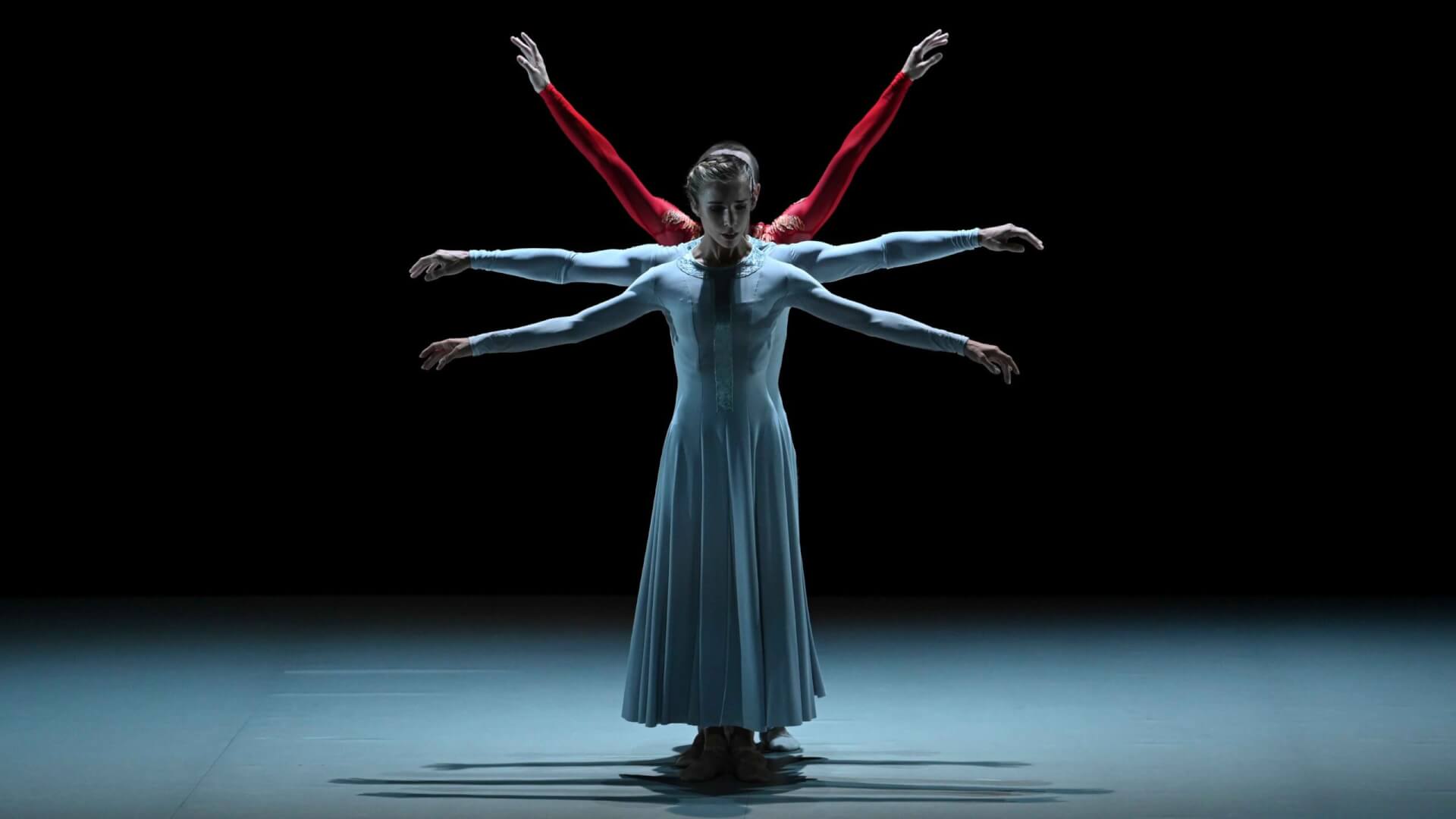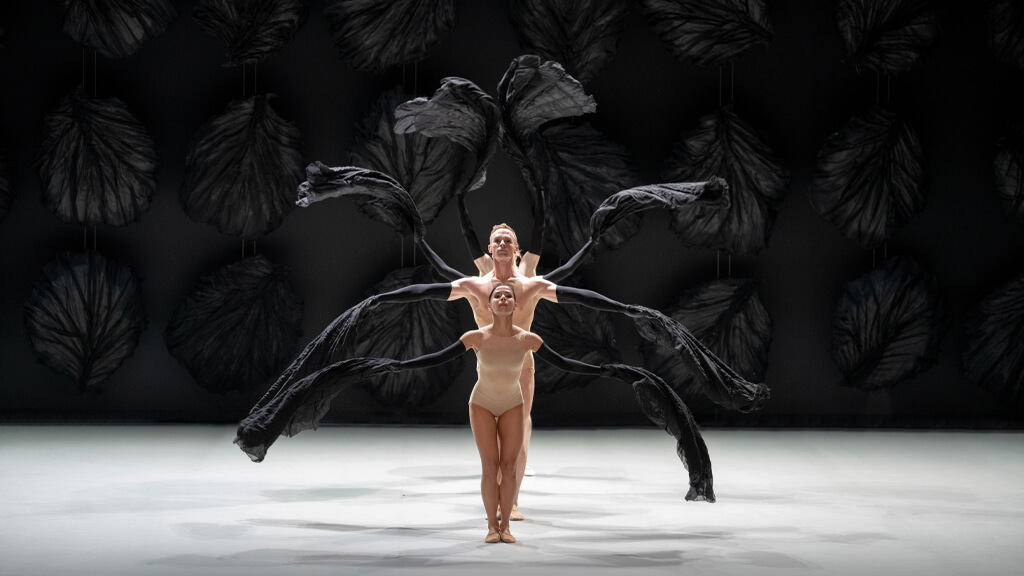Assistante chorégraphique
Réalisation décor et accessoires
Coproducteurs
-
Donostia Kultura - Victoria Eugenia Antzokia -Donostia / San Sebastián (Espagne) – Ballet T, Chaillot-Théâtre national de la Danse – Paris, Théâtre des Salins, Scène nationale – Martigues, Le Cratère – Scène nationale Alès, Opéra de Reims, La Rampe – Scène conventionnée Echirolles, Opéra de Saint Etienne, CCN Malandain Ballet Biarritz
Partenaires
-
Théâtre Olympia d’Arcachon, Le Parvis - Scène nationale de Tarbes Pyrénées, Théâtre de Saint Quentin-en-Yvelines - Scène nationale, Festival de Danse Cannes - Côte d’Azur France
Note d'intention
Le rapport de l’homme et de la nature fascine et inquiète Martin Harriague. De ce qu’il évoquait déjà dans ses créations récentes (
Sirènes, Fossile, Serre) - la renaissance du vivant, sa puissance, la lutte pour sa survie - l’oeuvre iconoclaste et géniale de Stravinski pour les Ballets russes contient tout, et plus encore. Par bien des aspects, le Sacre était une avancée « révolutionnaire », tant par sa chorégraphie de Nijinski que pour sa partition. Harriague décide de s’emparer du mythe en respectant l’intention originelle du compositeur : illustré par un rite païen, « c’est la sensation obscure et immense à l’heure où la nature renouvelle ses formes, et c’est le trouble vague et profond d’une pulsion universelle », précise Stravinski dans un article que Martin Harriague prend pour référence (CND, revue Montjoie, 29 mai 1913). Jacques Rivière, clairvoyant directeur de la NRF, parlait à l’époque d’un « ballet biologique » : « le printemps dans son effort, dans son spasme... On croirait assister à un drame du microscope ». Le martèlement rythmique complexe qui donne à l’oeuvre sa force sauvage et menaçante convient au langage corporel de Martin Harriague, explosif et terrien. Parce que la musique le lui dicte, il renonce cette fois à tout lyrisme gestuel; il se concentre sur le pouvoir expressif du mouvement primitif et des figures fractales par lesquelles le groupe s’enroule, se déploie, se contracte comme le vivant resurgit, se fraie partout un chemin avant d’exploser. À Nijinski qui avait osé cette rupture transgressive avec le langage classique, Harriague emprunte le piétinement des Augures printaniers qui « marquent de leur pas le pouls du Printemps ». Les citations du ballet originel s’arrêtent là, mais la pièce toute entière témoigne de la volonté de s’appuyer, pour mettre en scène la vision de Stravinski, sur l’expressivité de la musique, particulièrement éclatante sous la baguette de Teodor Currentzis. On ressent physiquement l’énergie sauvage et l’effroi intemporel qui habitent ce groupe confronté à la violence du vivant, purifié par le rite. On perçoit la sauvagerie et la nécessité de l’offrande finale de l’élue, principe féminin incarnant l’énergie du printemps, la sève, pure et saine, qui monte, allégorie du vivant qui s’élève vers la lumière.
Médias
Un sacre bouillant d’idées qu’on ne détaillera pas ici tant c’est un régal de les découvrir.
Le Figaro, Ariane Bavelier • 15 septembre 2021
A propos du Sacre du printemps : «Une chose est sûre : Martin Harriague est un vrai chorégraphe.»
Les Echos, Philippe Noisette • 14 septembre 2021
Celle du brillant Martin Harriague, valeur montante de la chorégraphie française et notablement basque, nommé artiste associé au CCN Malandain Ballet Biarritz en 2018, se réfère indiscutablement aux origines d’une Russie primitive évoquée par Nijinski. Pour ce, il a retrouvé les piétinements, la présence de l’ancêtre, la dynamique encore beaucoup plus violente qu’à l’époque de la création, où les danseurs n’étaient guère habitués à tant de voltige, et l’esprit sacrificiel plus qu’érotique, en hymne à la nature renaissante, laquelle requiert pourtant d’être brisée pour revivre. Certes, ce n’est pas du Harriague typique, mais la fresque est impressionnante, la fin chavirante.
Concertclassic, Jacqueline Thuilleux • 14 septembre 2021


